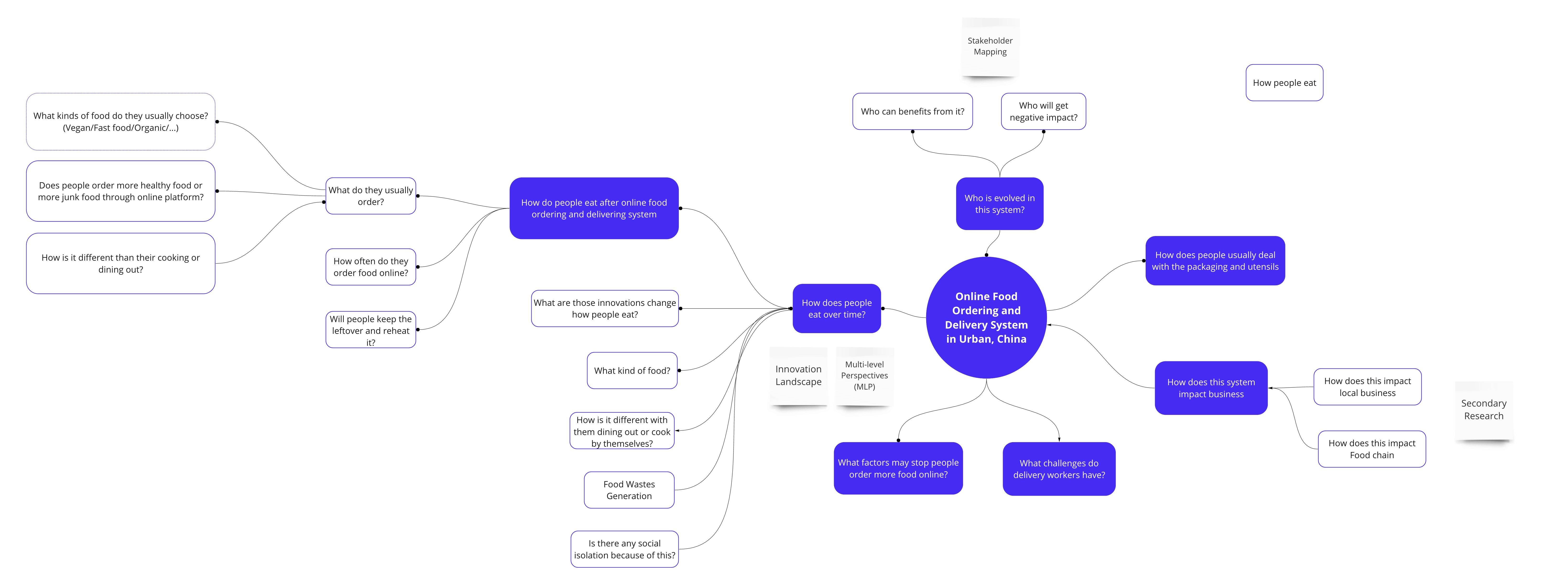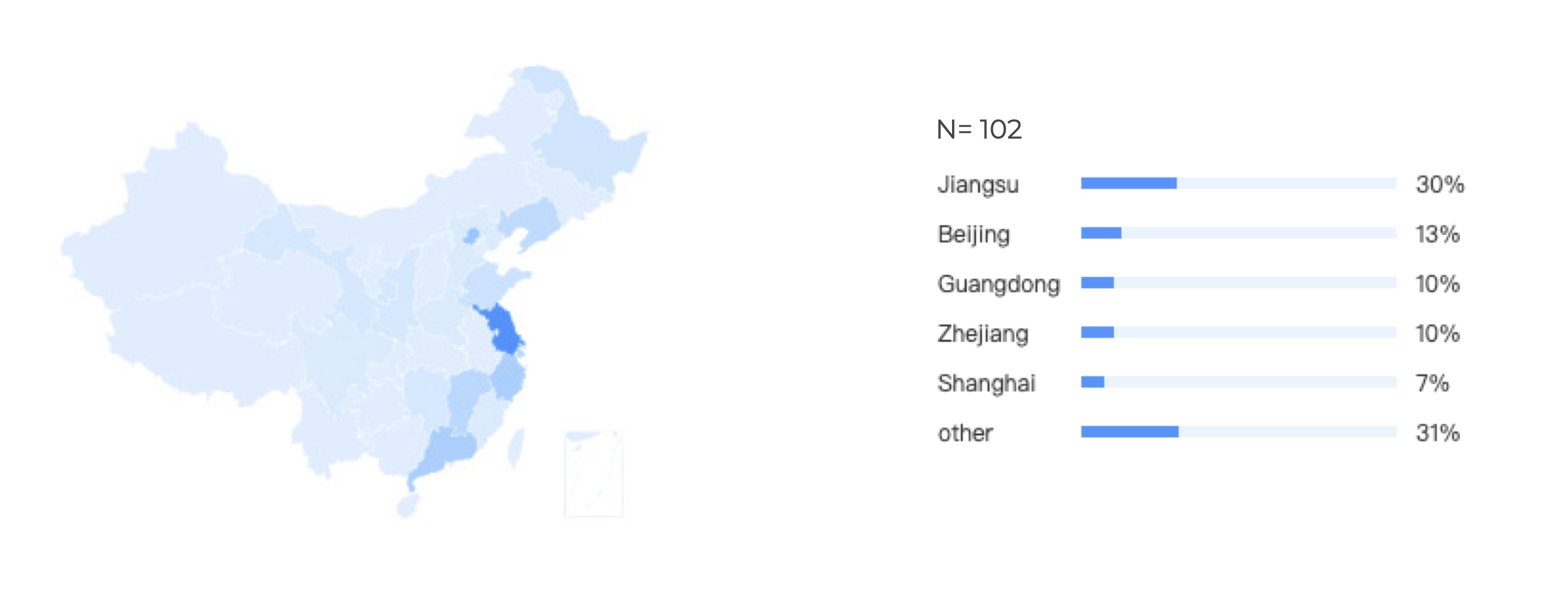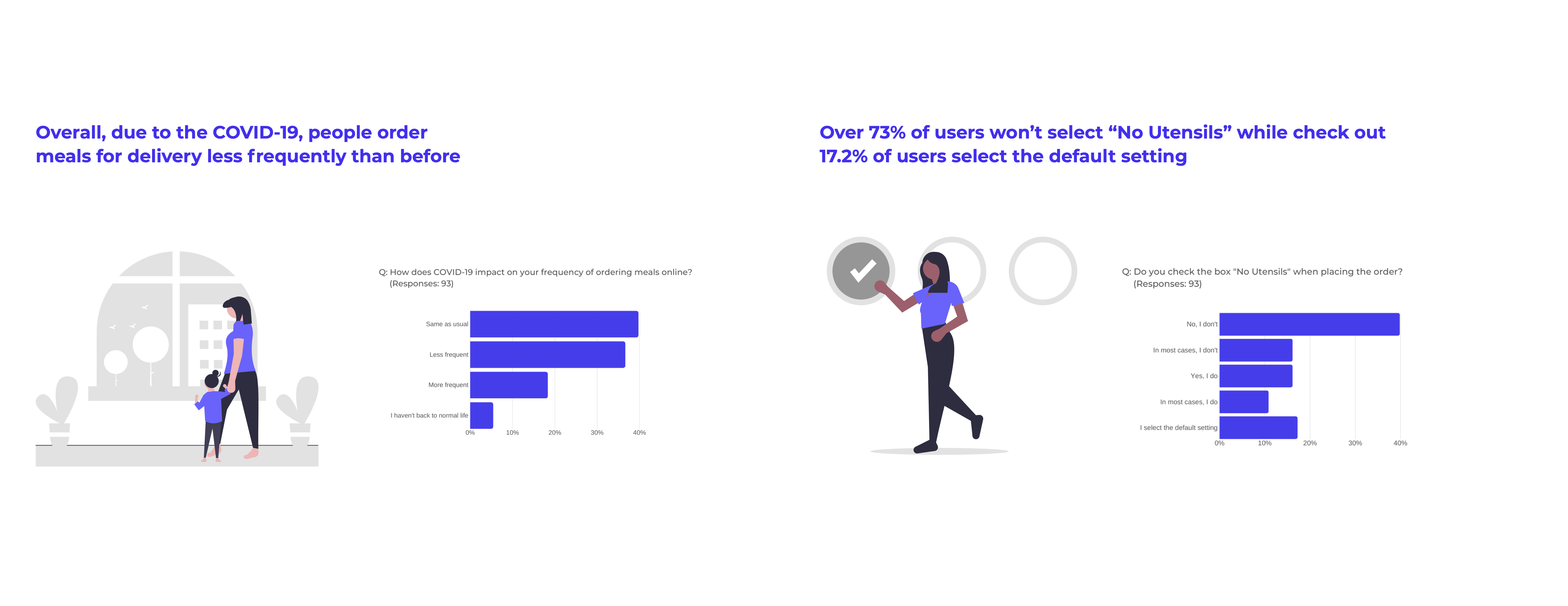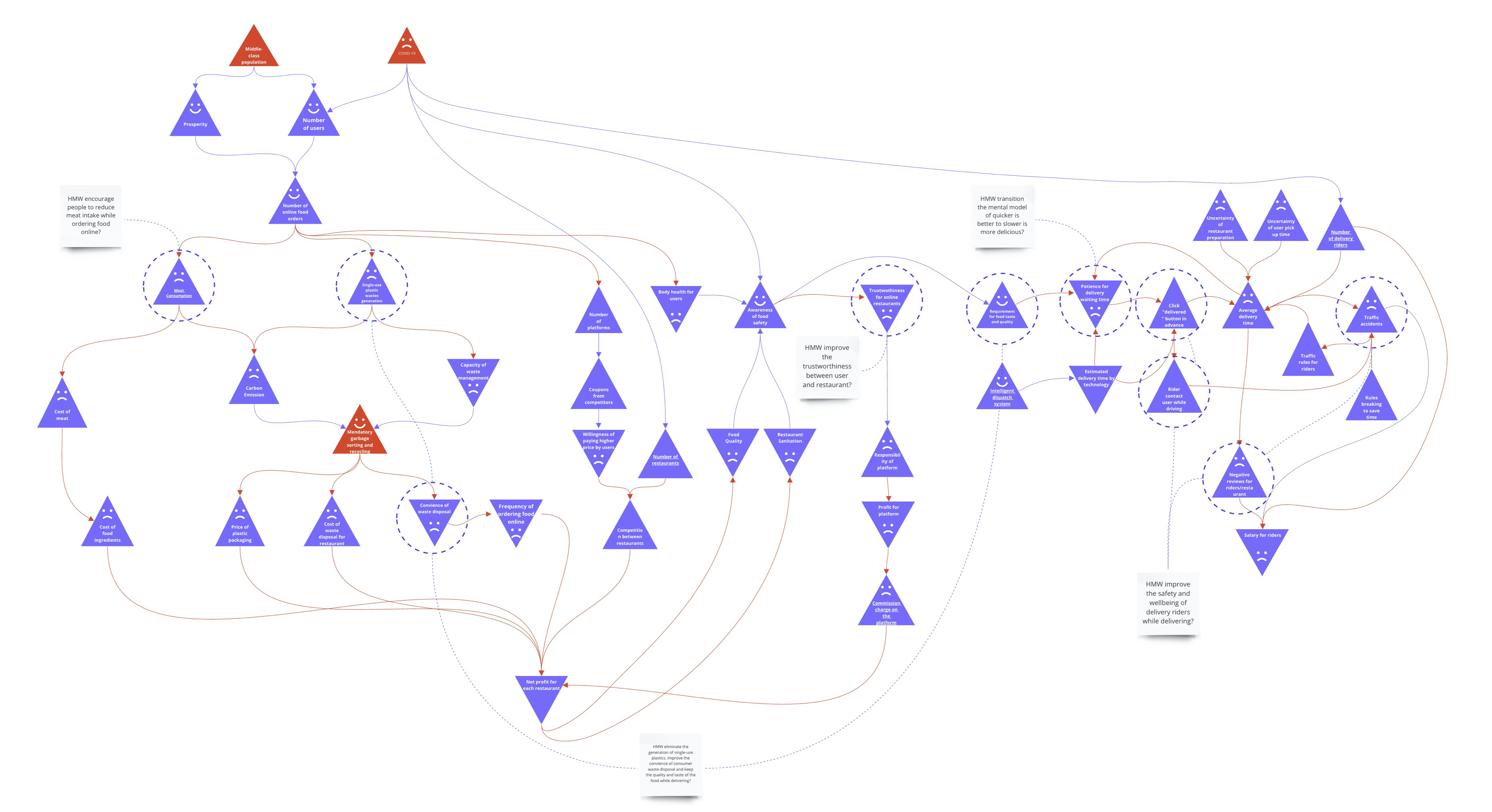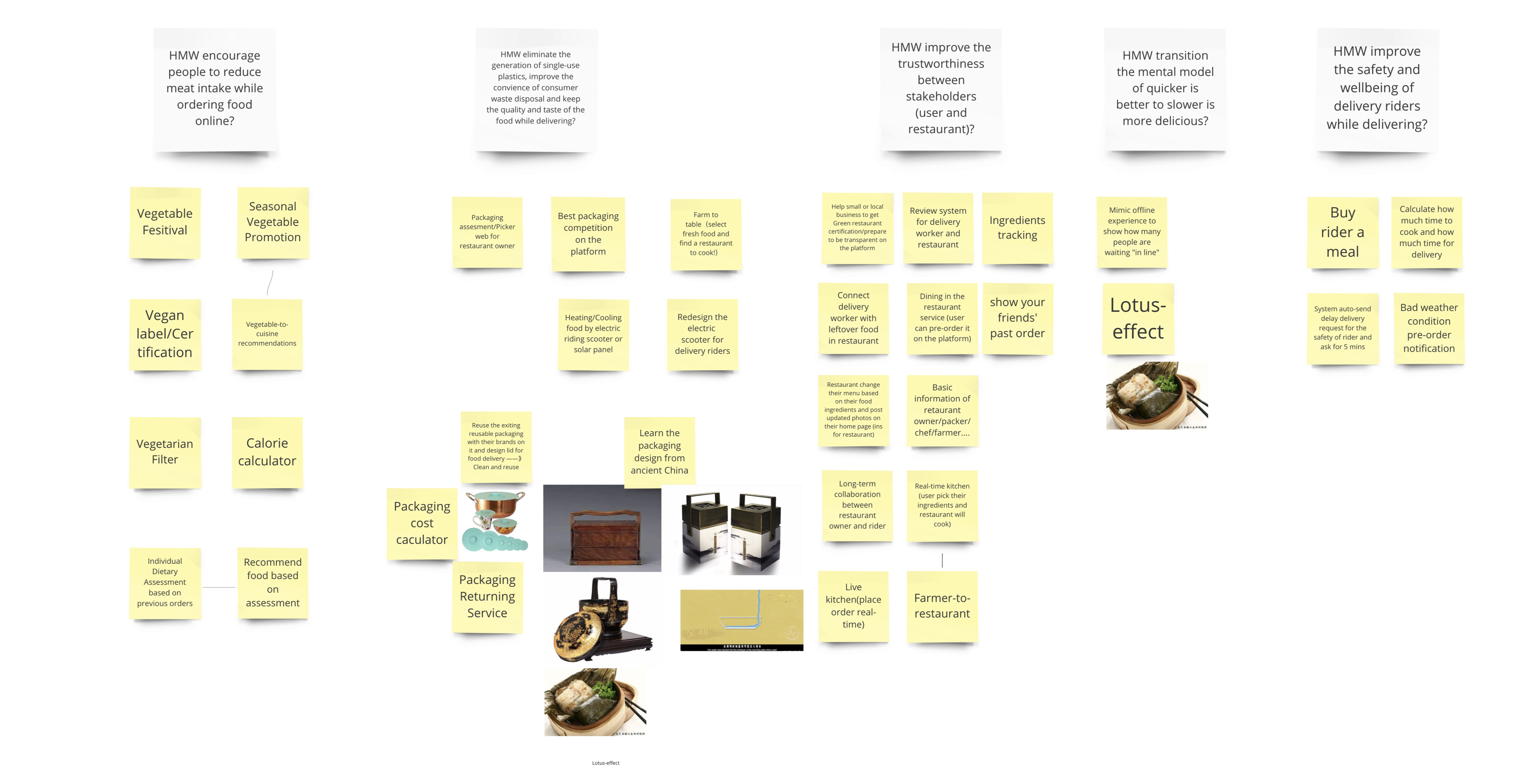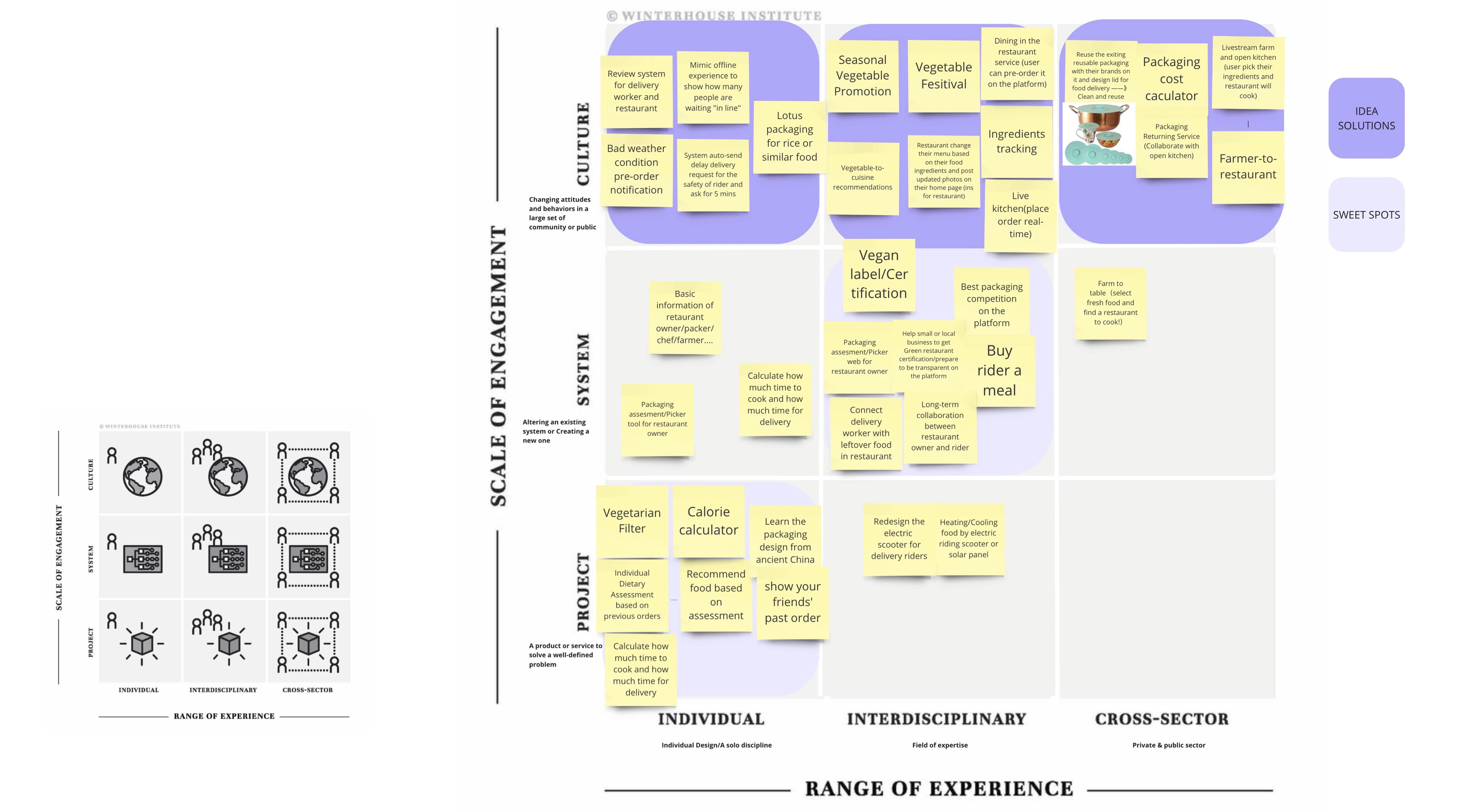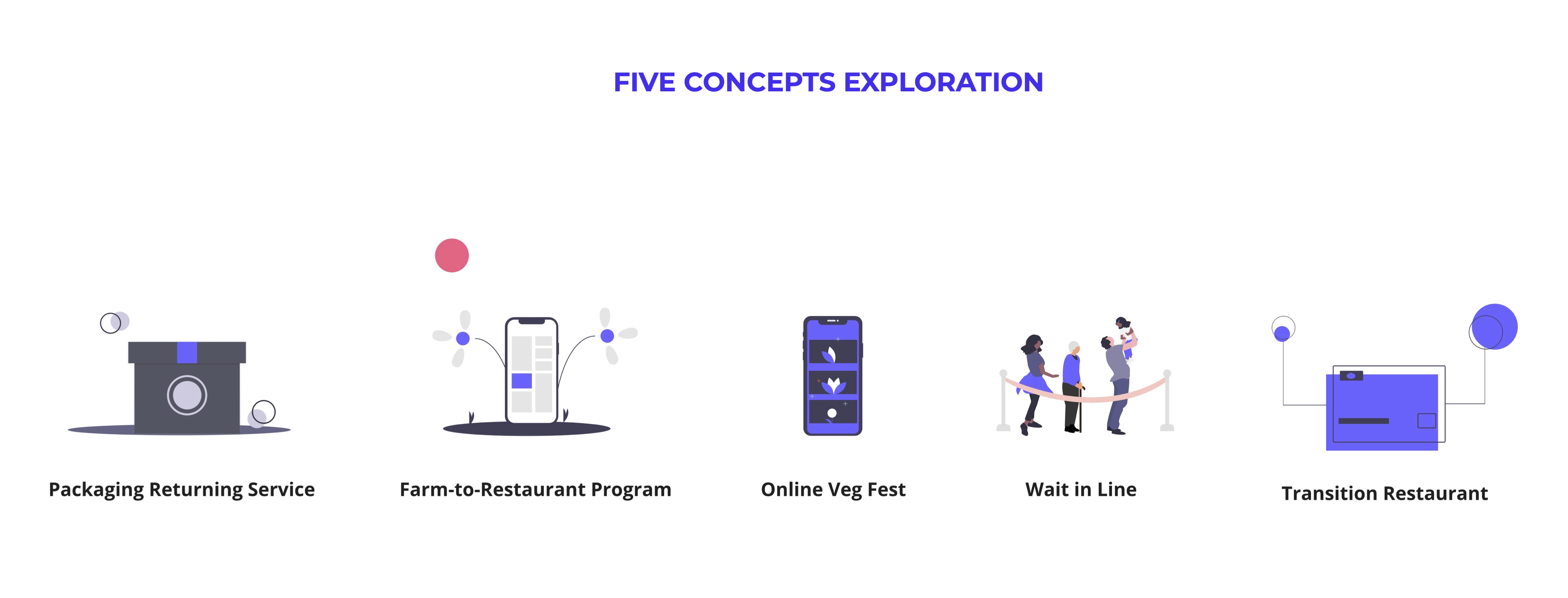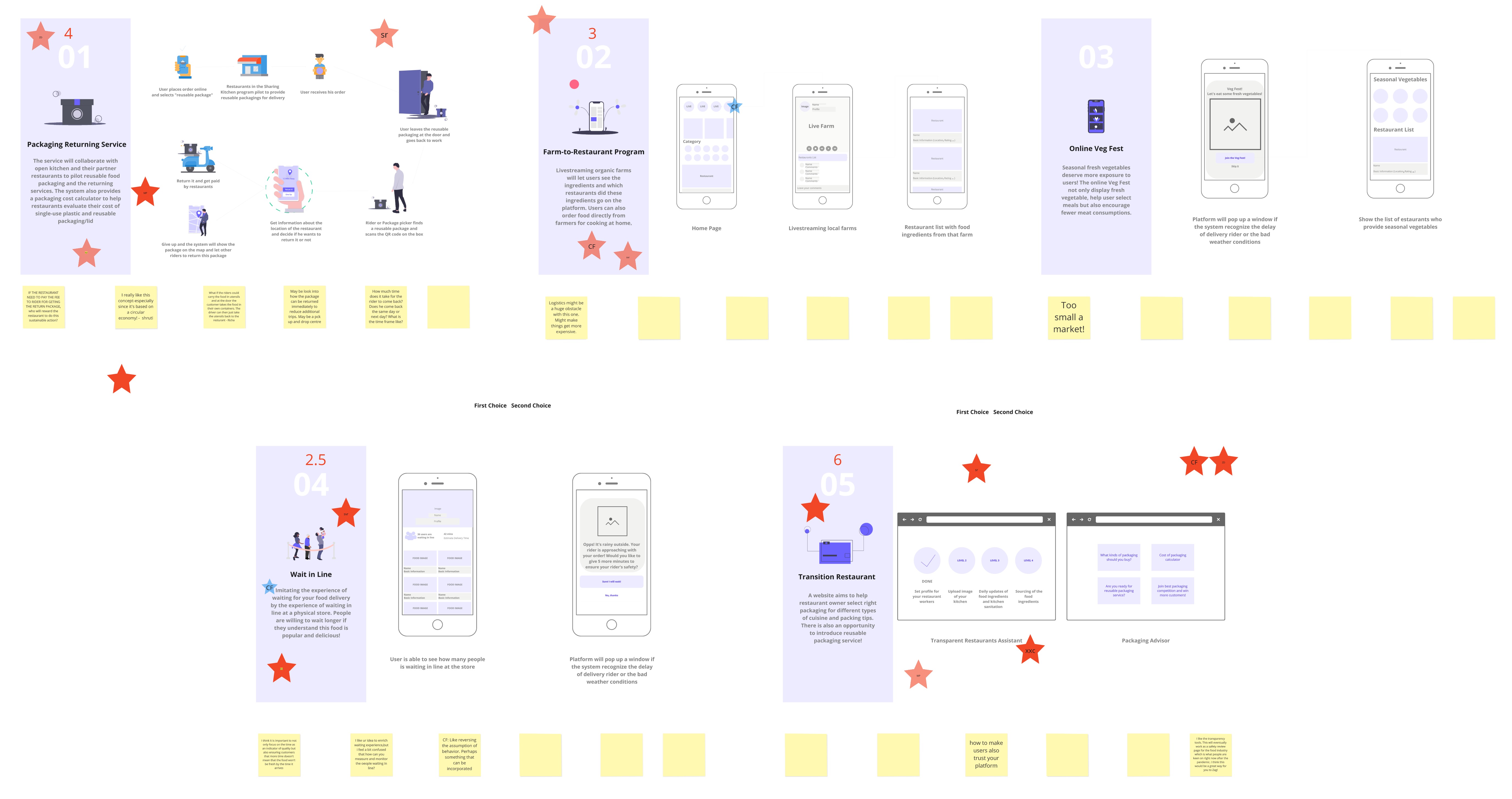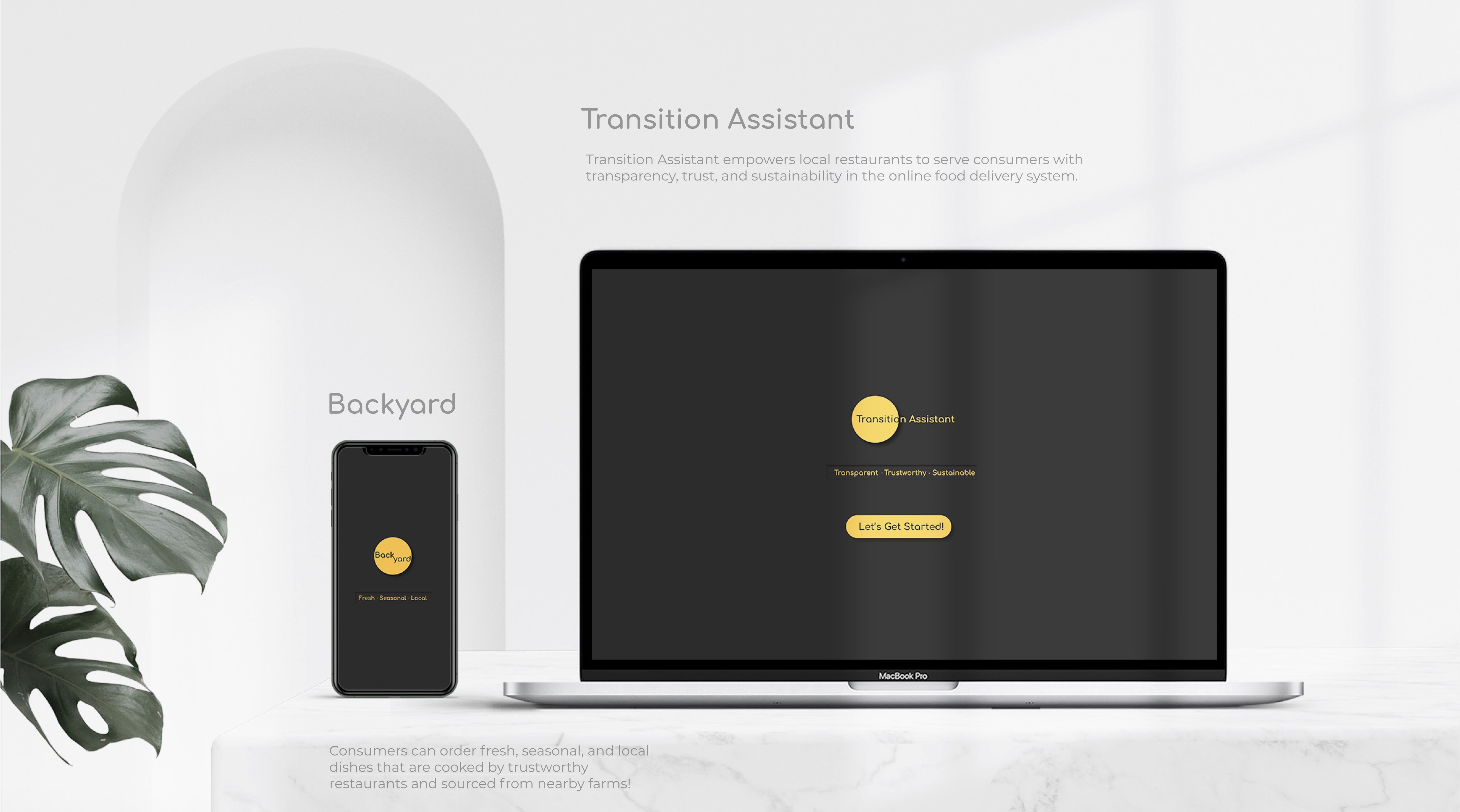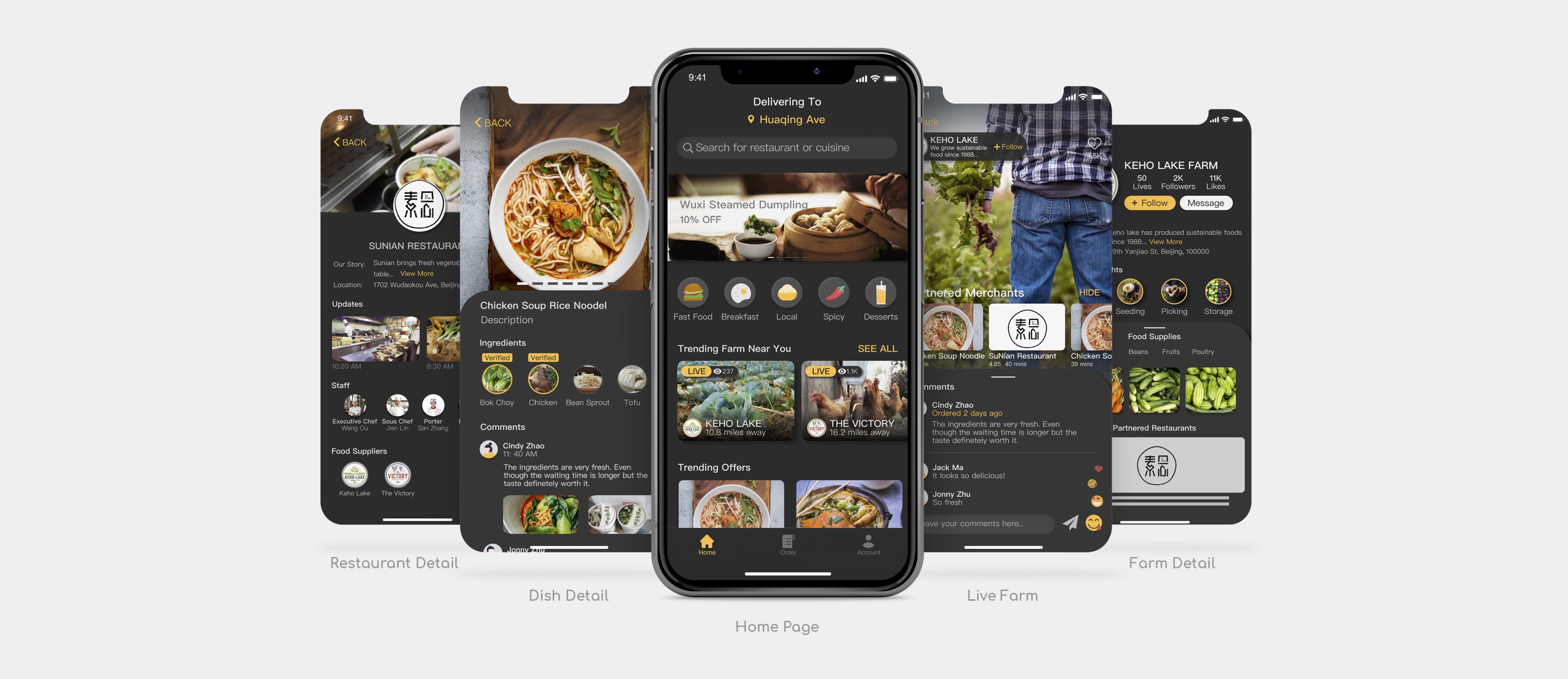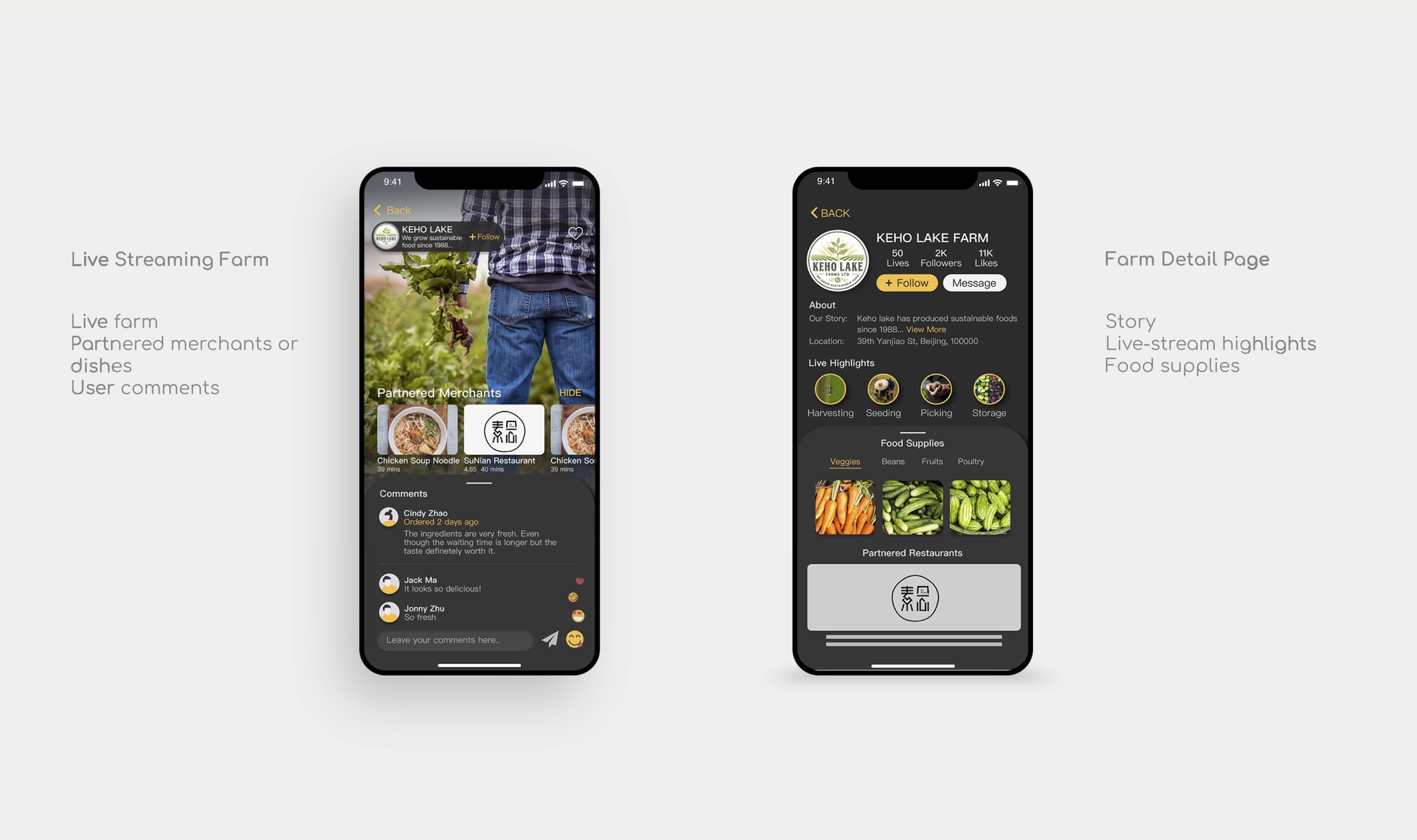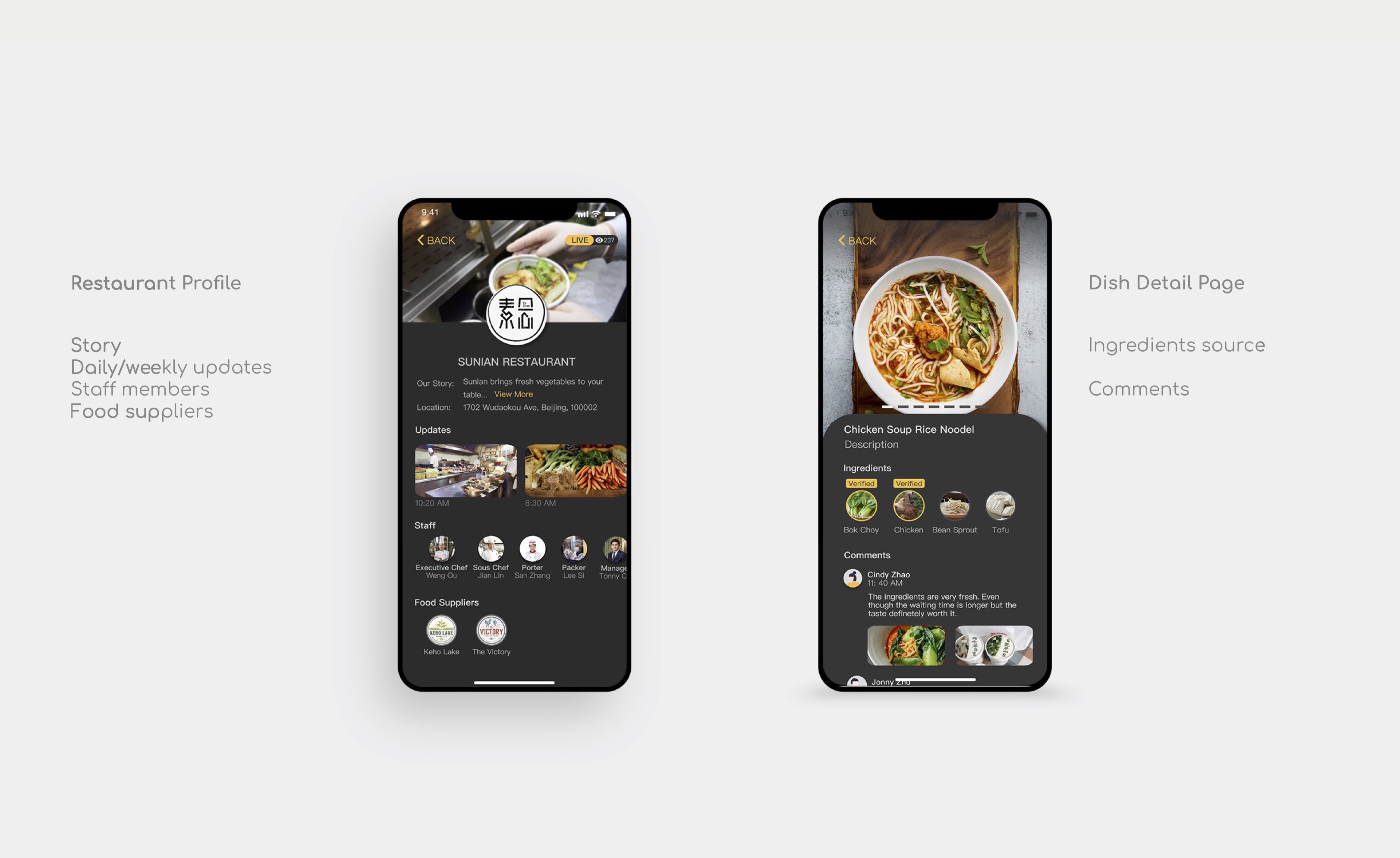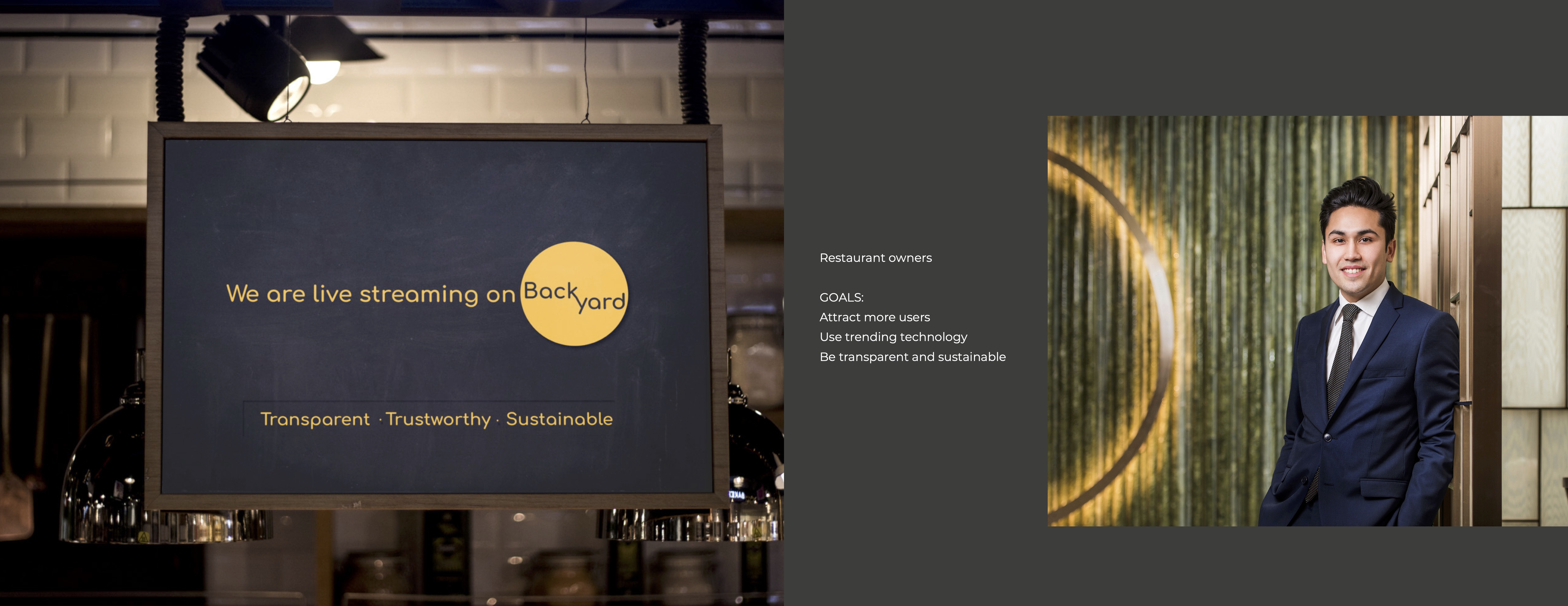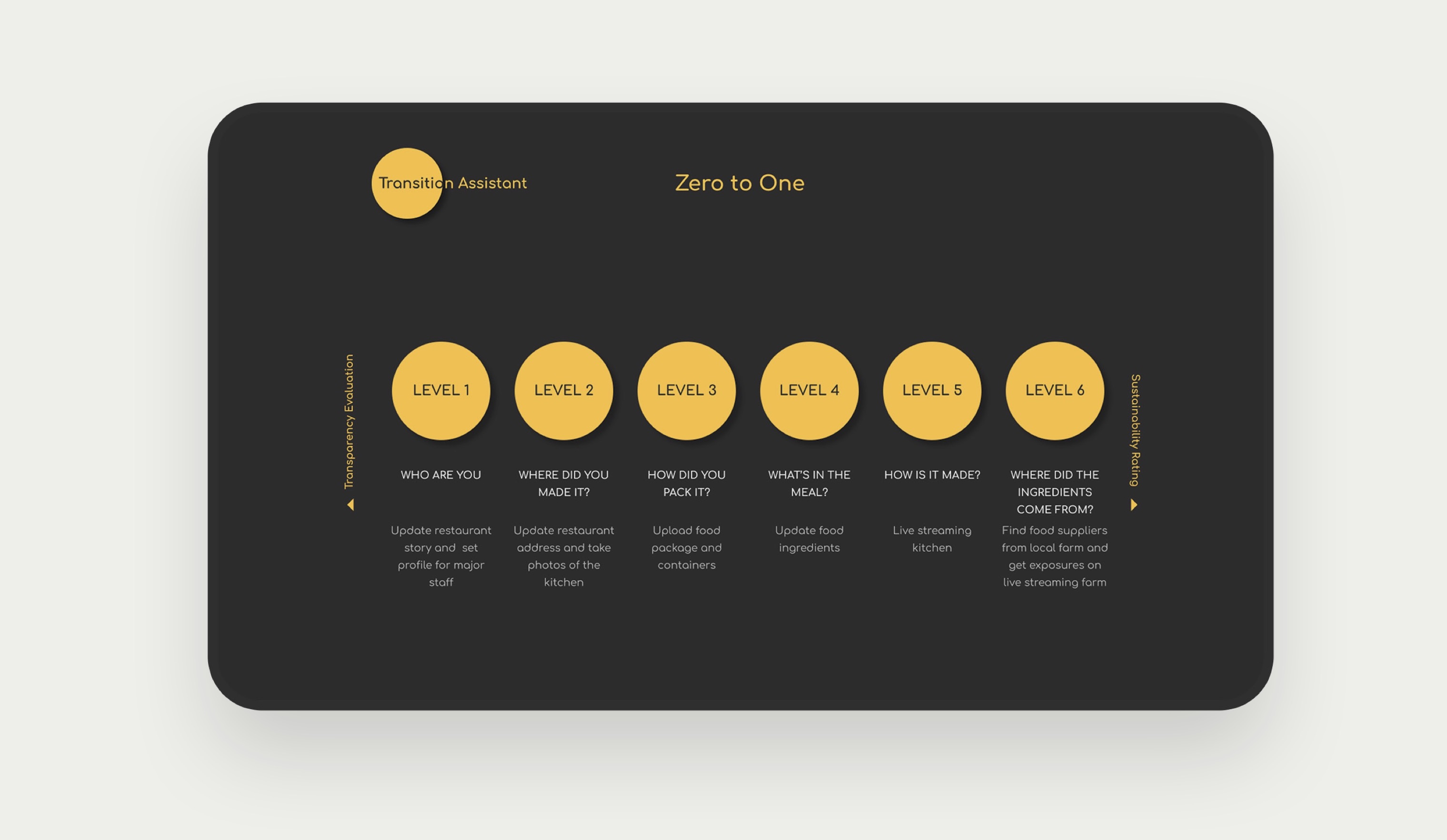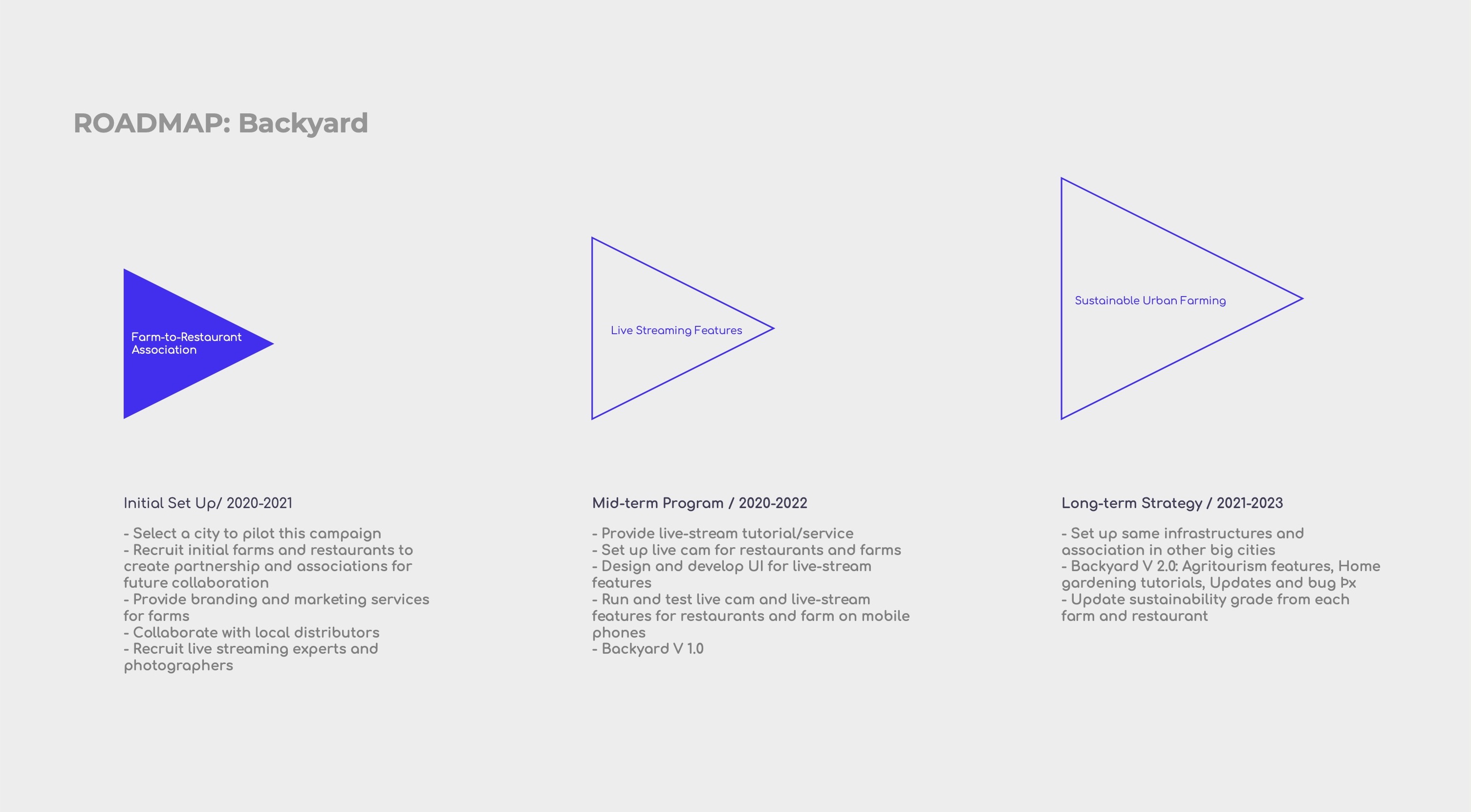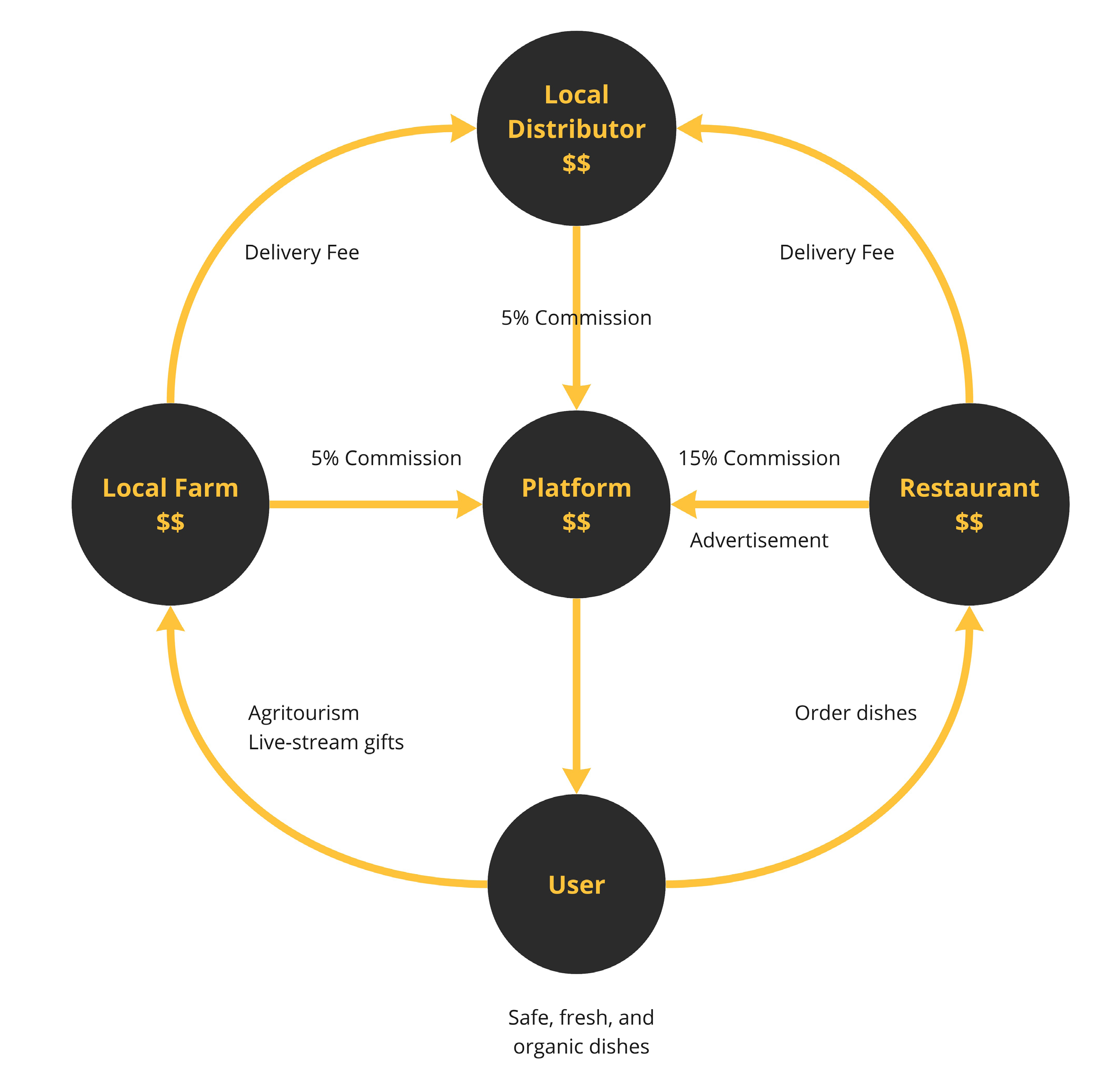Nowadays, mobile phones and online services dramatically change the way people live and eat. Due to the convenience and time-saving benefits, the number of users is expected to amount to 377.8 million which accounts for 25.8% of the total population by 2024 in China. However, the increasing demands and usage of Platform-to-Customer Delivery Service bring challenges to the natural environment and society. The fast-paced development also creates an unsustainable business model. What can I do as a UX Designer?
| Timeline: | March-May 2020 |
| Role: | System Thinking, Sustainable Strategy, UX Design & Research, Flourishing Business Model |
| Location: | Savannah, GA |
Problems •
01 Increasing Concerns of Food Safety
Research showed that food safety was ranked first in the top five safety issues that worried the Chinese population.
1 in 10 people fall ill
after eating contaminated food each year, according to WHO.

02 Increasing Carbon Emissions from China
China alone could account for a growth in greenhouse gas emissions from 1.2 gigatons in 2015 to 1.8 gigatons by 2030.
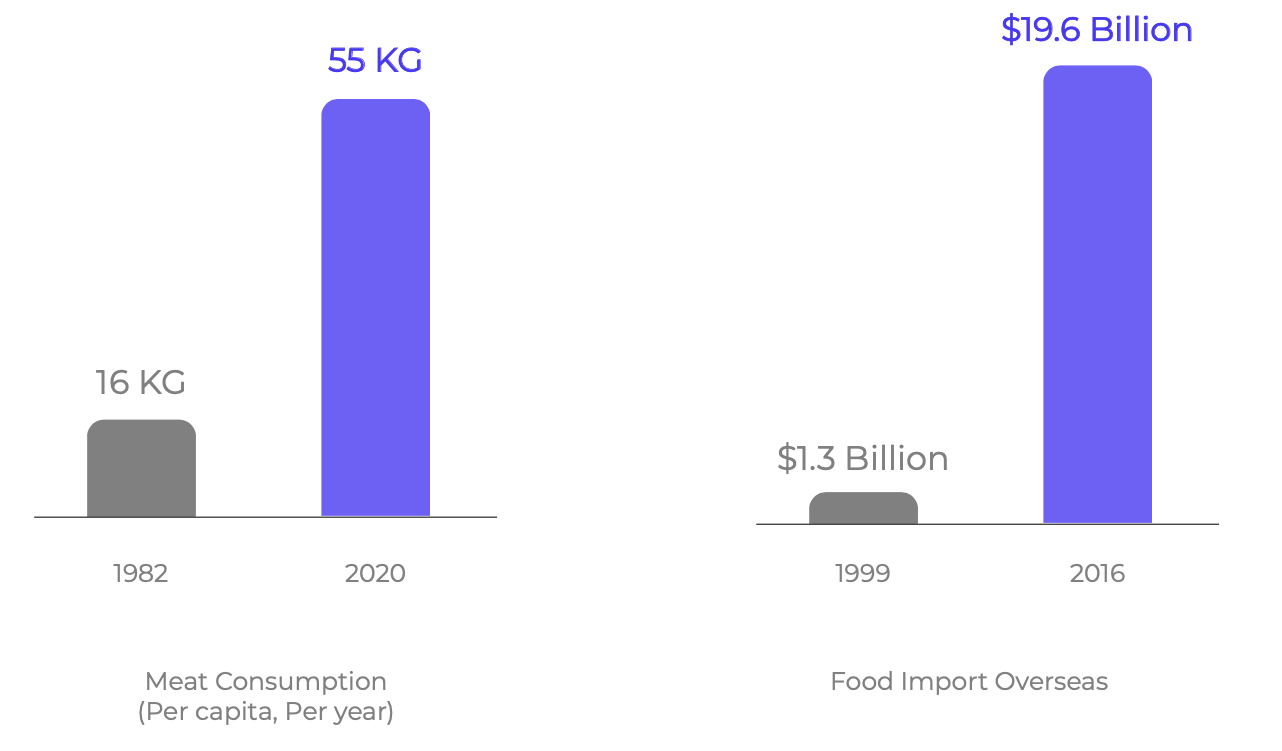
03 Worn-out Farmland in China
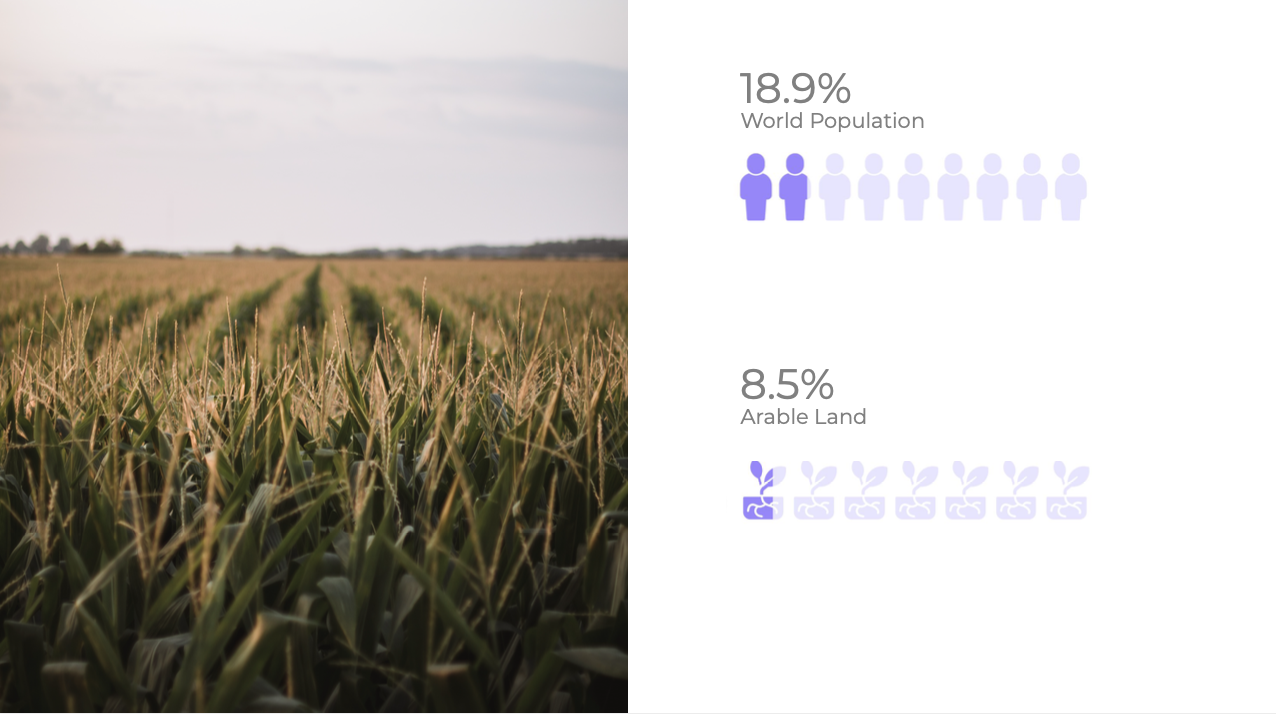
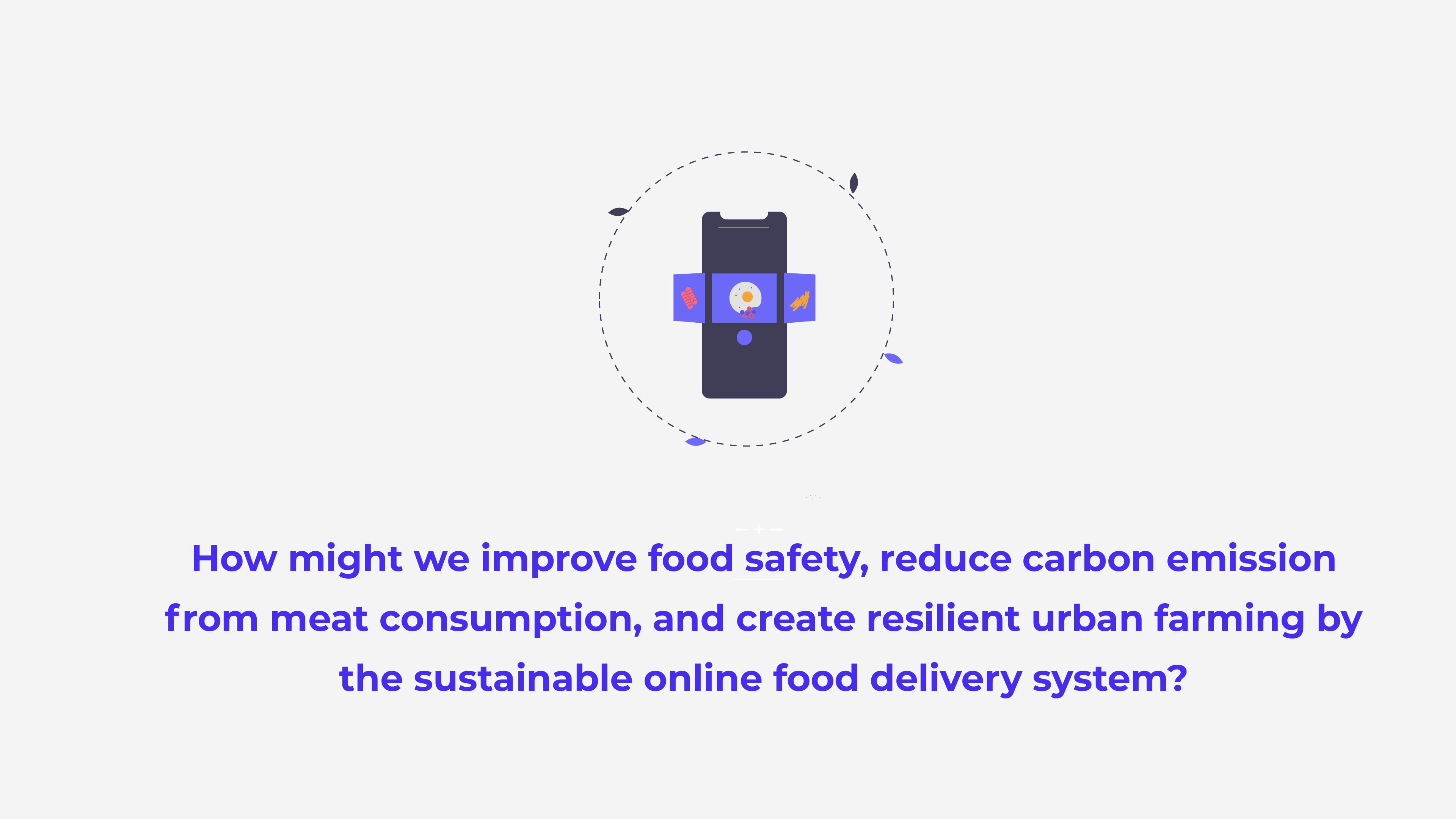
Solutions •

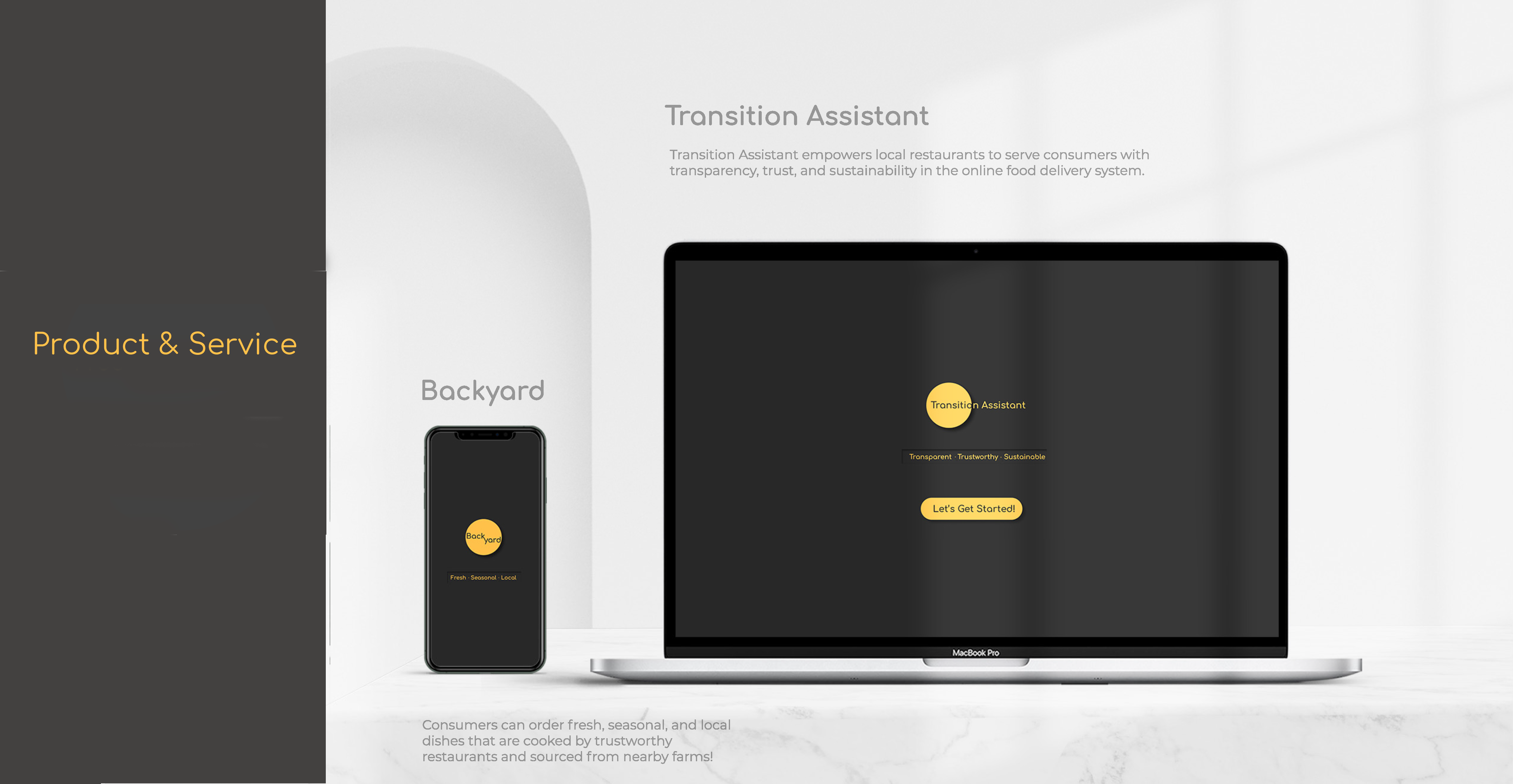
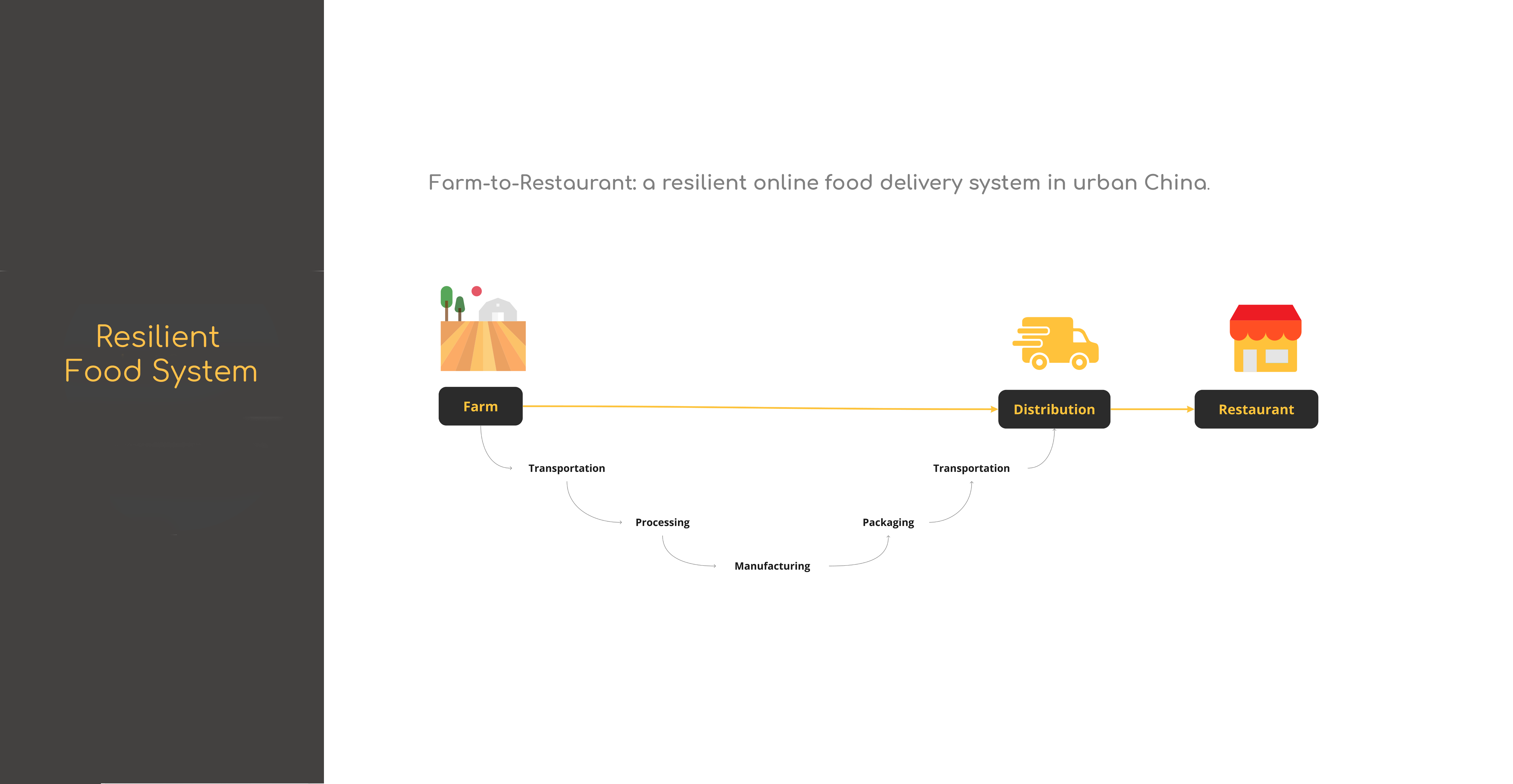

Design Process •

Research Questions •
Stakeholder Mapping •
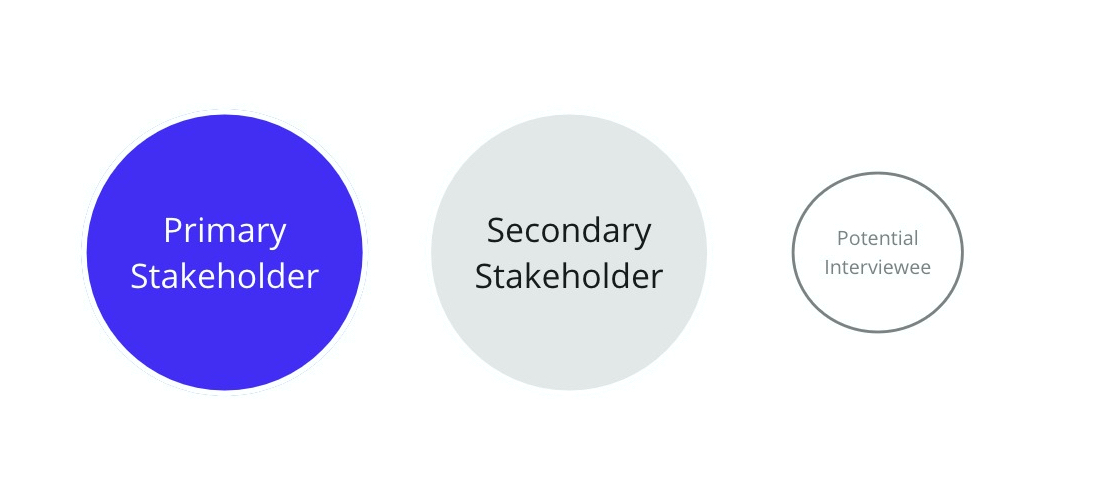
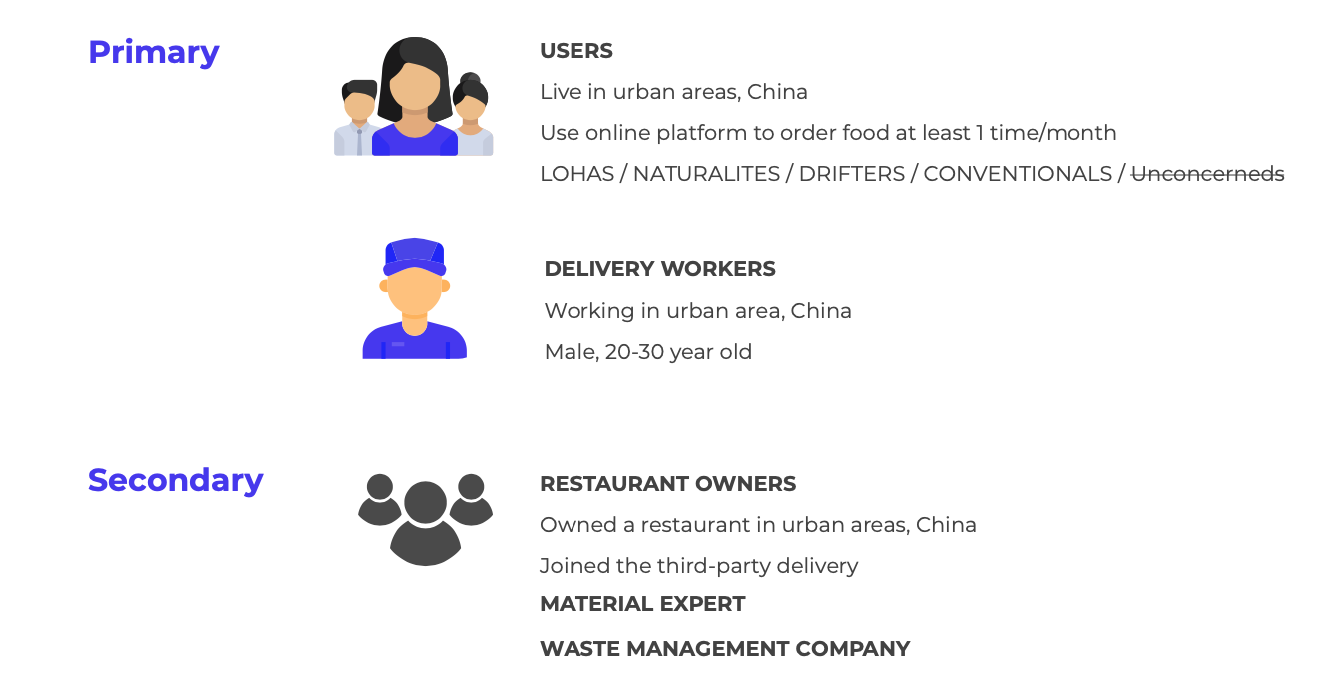
Giga-mapping •
GIGA-Mapping enables me to think of research questions in a holistic way. User journey only represents the touchpoints of users, GIGA-Mapping goes beyond that and visualize the tasks before the restaurant prepares and cooks meals, and after the user finishes the takeouts. The whole process also inspired me to think of any research questions for different touchpoints. As a result, I can use different sticky notes to represent resources to answer those questions.

Research Method •
In order to answer main research questions, I utilized four major research methods to capture both qualitative and quantitative data.
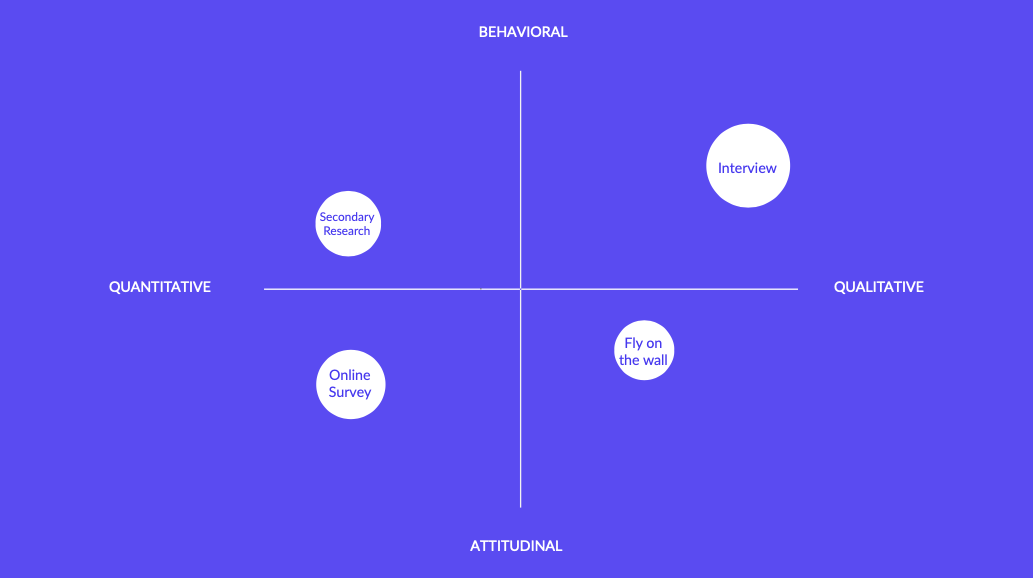
Secondary Research

User Interviews
The interviews were mainly conducted on WeChat, a Chinese social media platform, which is like Facebook in the US. I choose the audio call so that users can feel comfortable while talking with stranger. Besides, they can take screen shots of their previous order details, food packagings or any valuable information they mentioned during our conversation.

Flying on the wall
To understand the pain points and challenges that delivery workers are facing in China. I found a social media group called “Rider Sharing Group”. Riders will post almost everything related to food delivery. It ranges from a insect on their uniform to how to prepare an extra battery for their electric scooters and get more delivery orders.
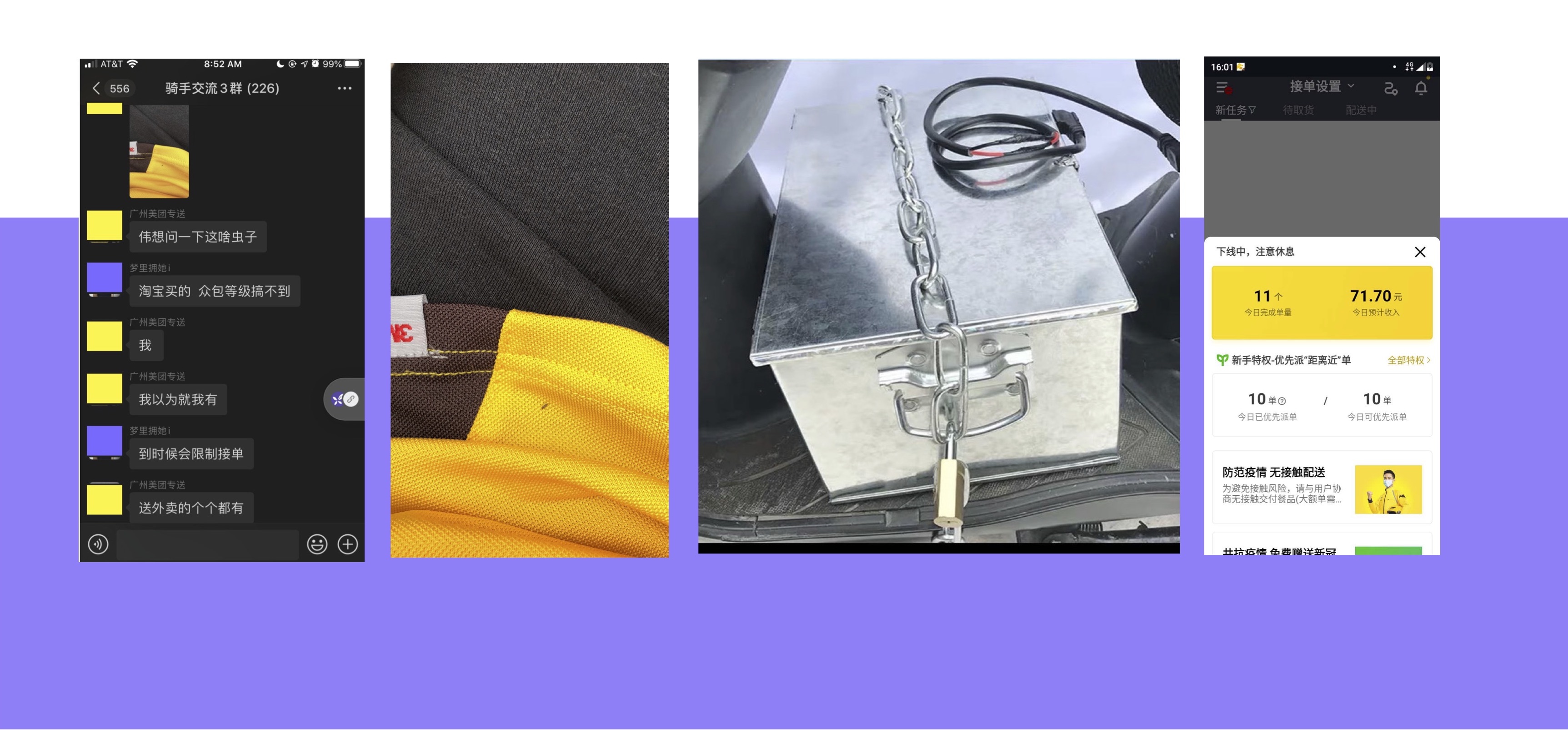
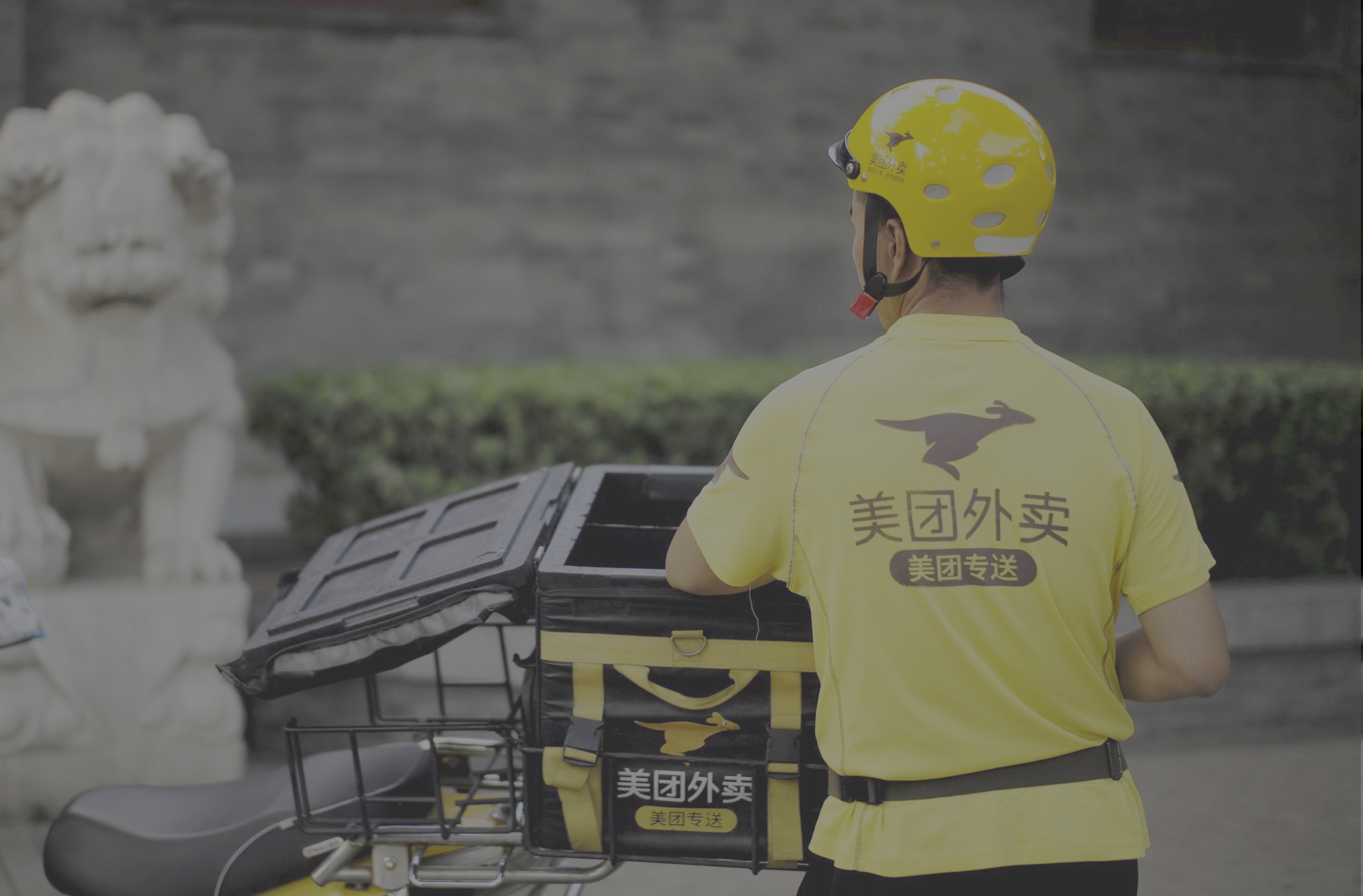
WHO ARE THE DELIVERY WORKERS
92% are male workers and most of them were born in 80s-90s. Over 48% of riders work over 4 hours per day.
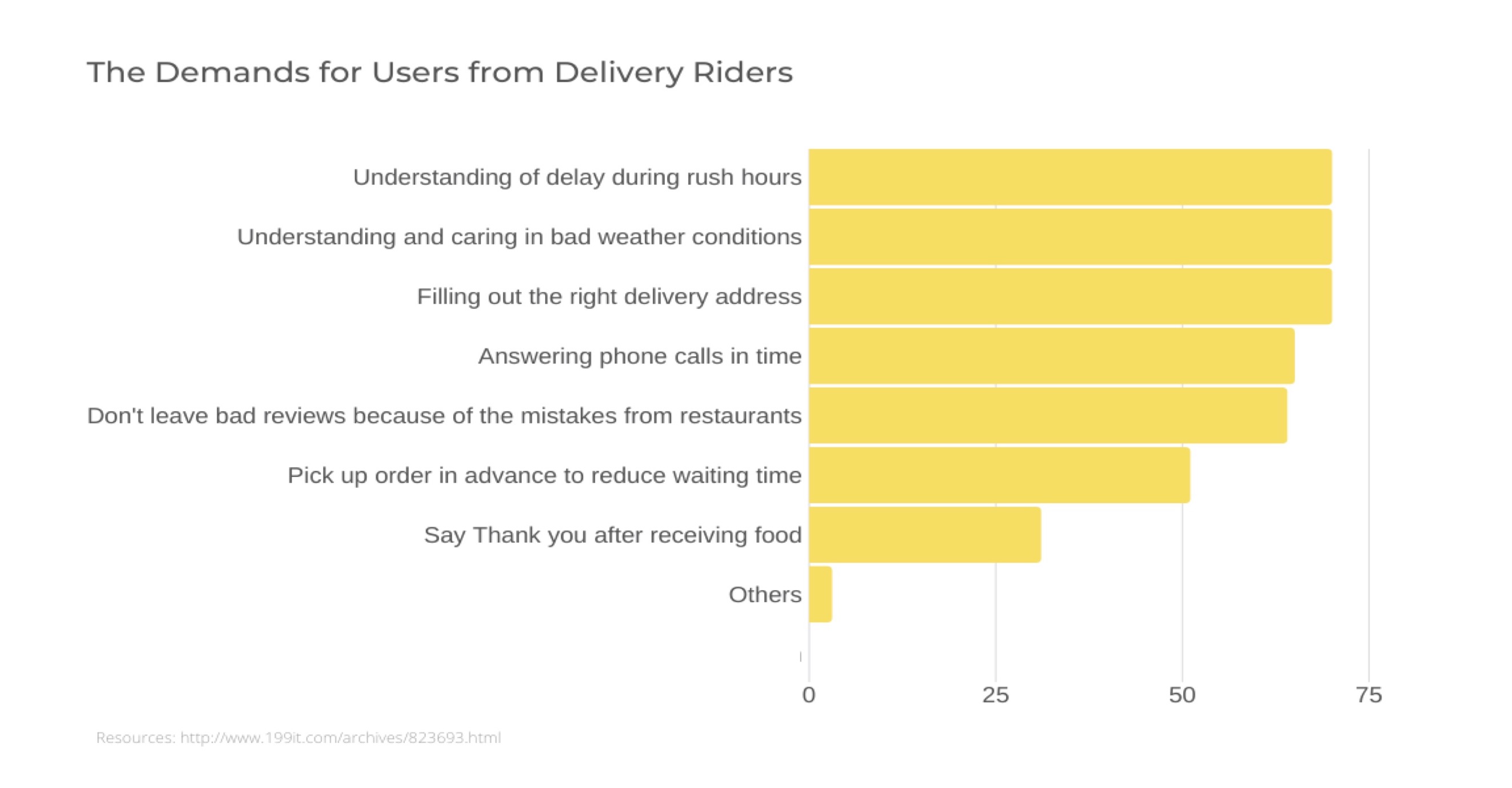
Thematic Analysis •
Thematic analysis is a systematic method of breaking down and organizing rich data from qualitative research by tagging individual observations and quotations with appropriate codes, to facilitate the discovery of significant themes. After transcribing user interviews, I collected over one thousand data points for synthesis. I used the Miro board to digitalize the process of affinitization. It helps me understand the behaviors and underlying meaning of what users said.
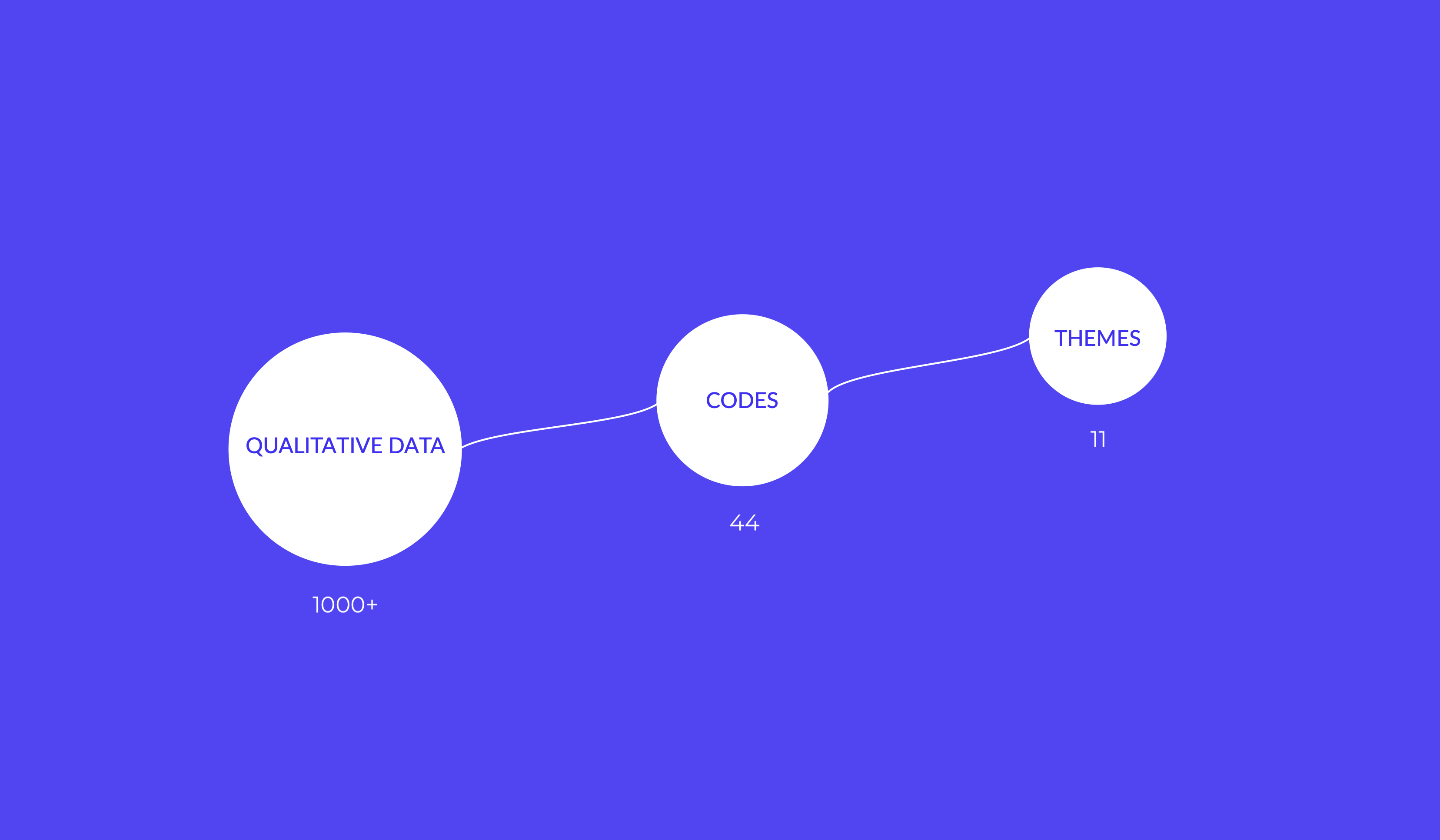
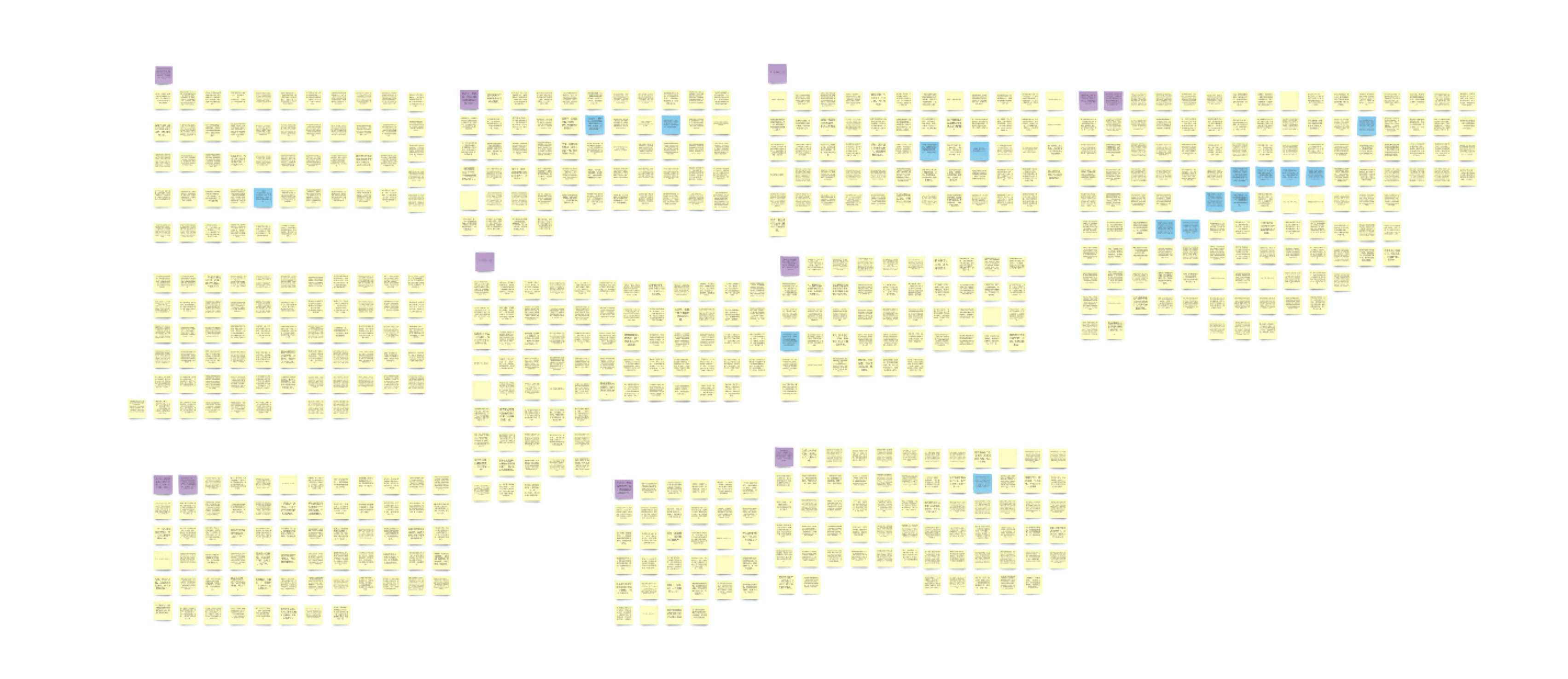
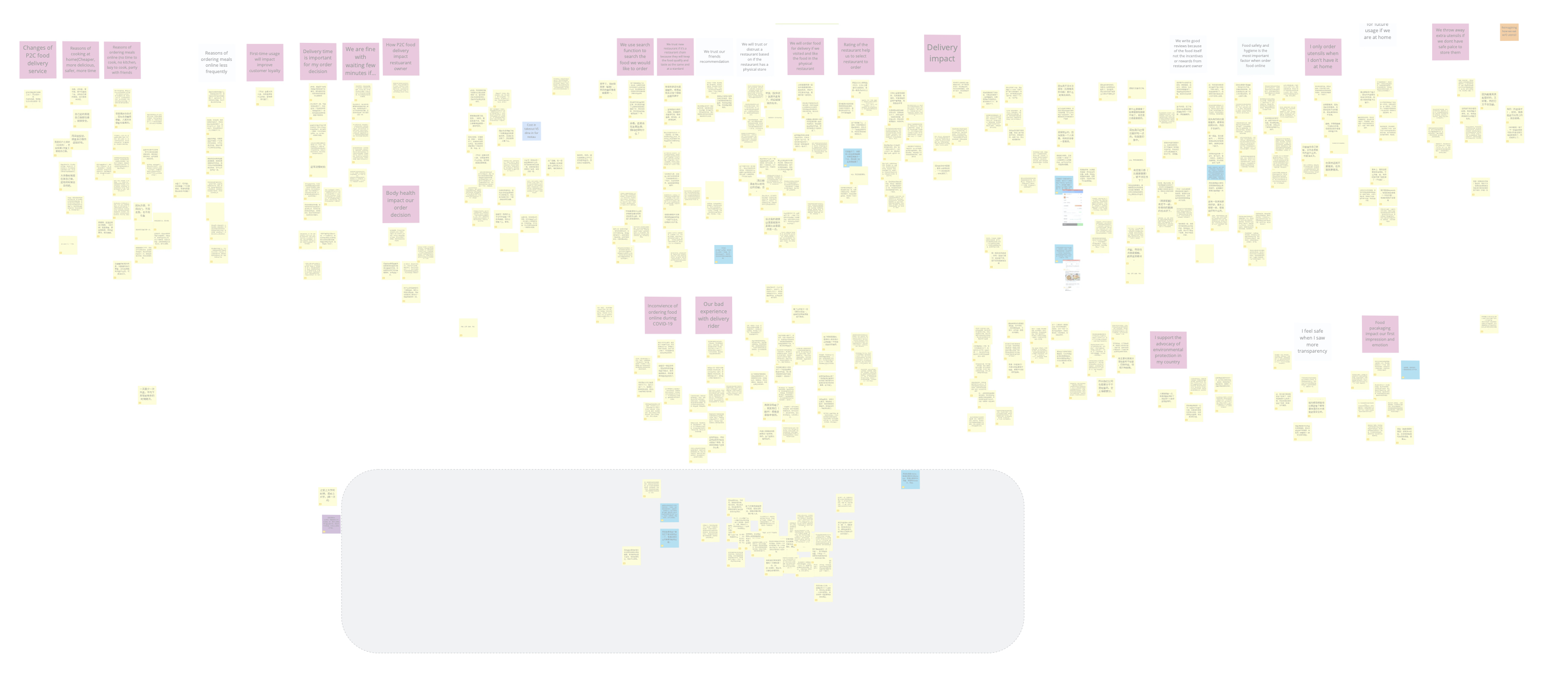
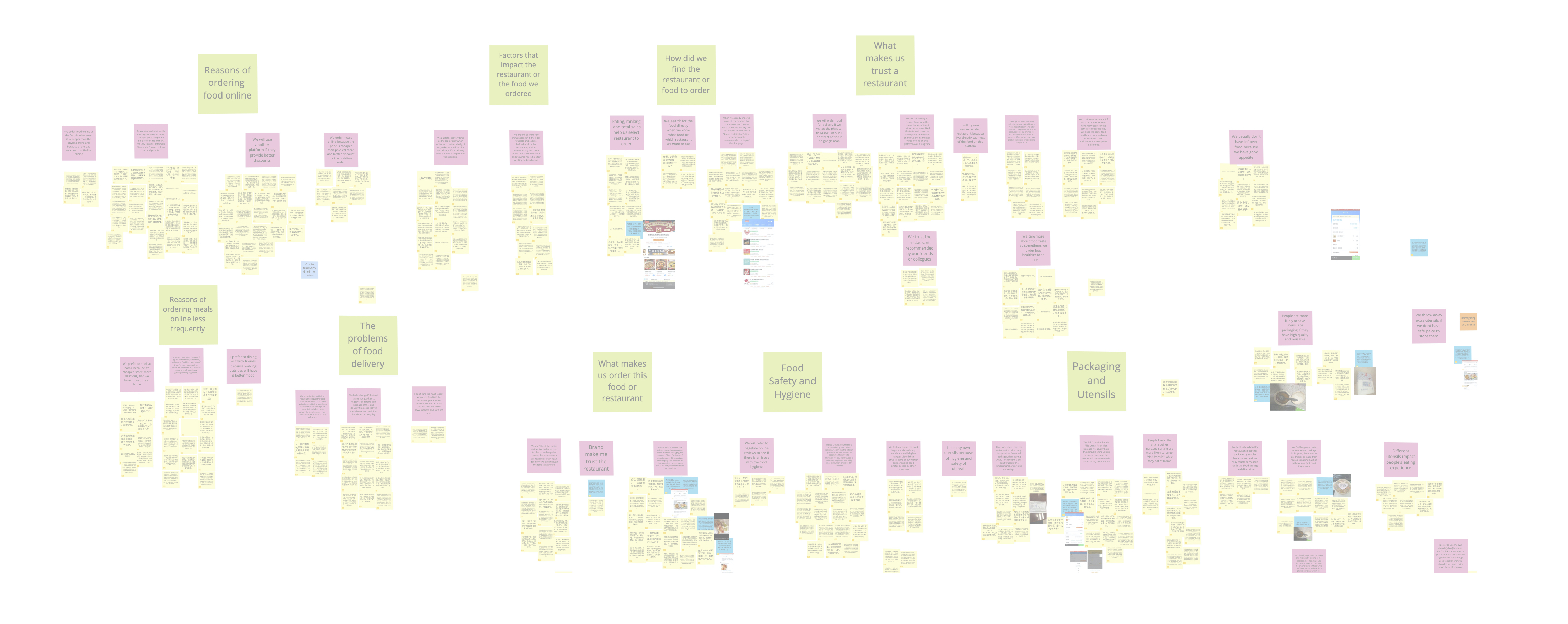
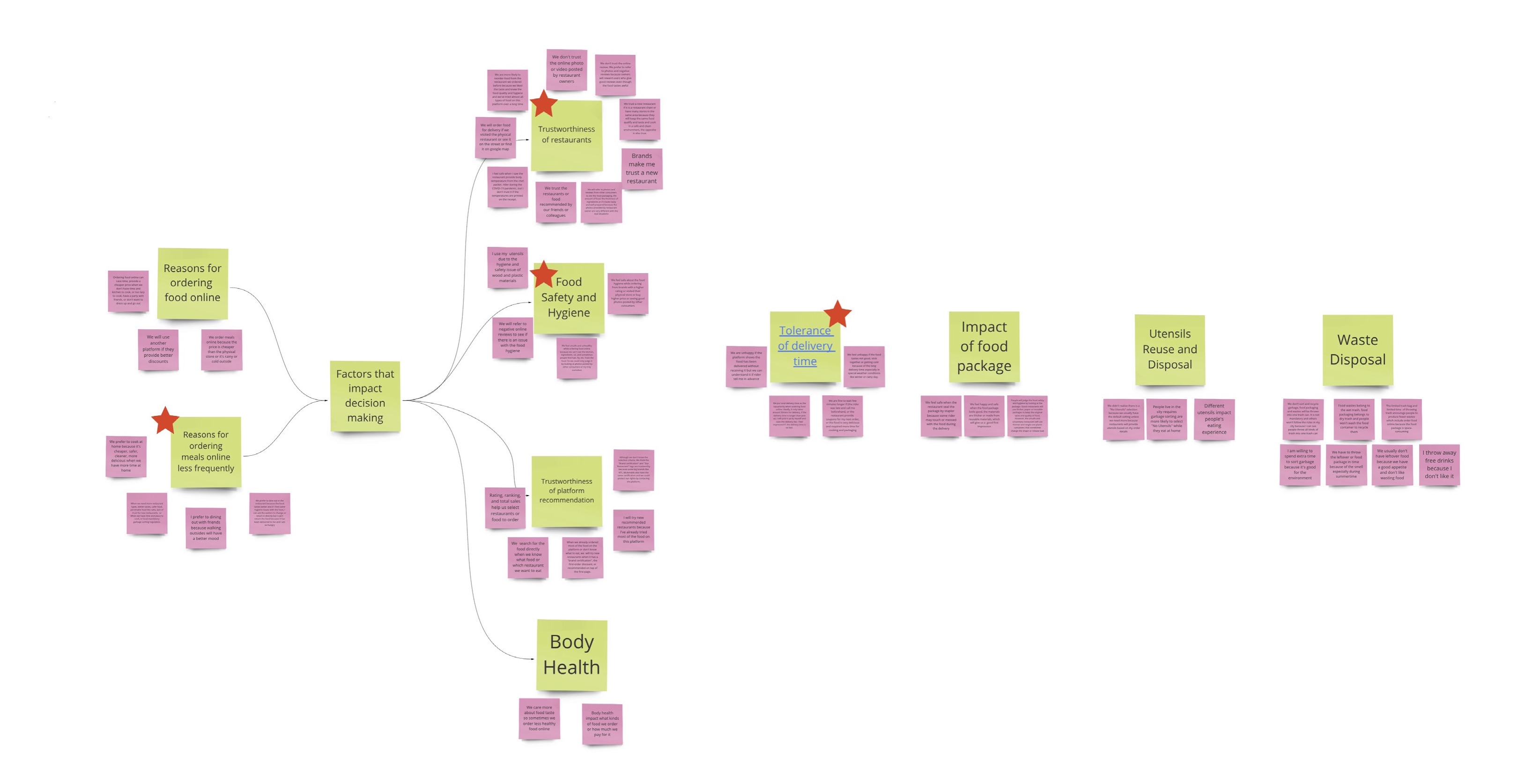
Insight Framework •
Insight framework is a critical tool to communicate key findings and design opportunities to myself or other designers who will be involved in the concept exploration session.
System Map •
The system map visualizes all the causes and effects in a holistic system. The frameworkwas built upon the foundation of the Casual Relationship Map. It describes the current events and relationships among different stakeholders in the online food delivery system.
The positive or negative variables are based on their social, environmental, and economic impact.

Concept Exploration •
Social Design Pathway helps me map out solutions based on what kinds of stakeholders involved and the scale of engagement. The main purpose is to focus on culture and behavior change in this system.
Wireframe
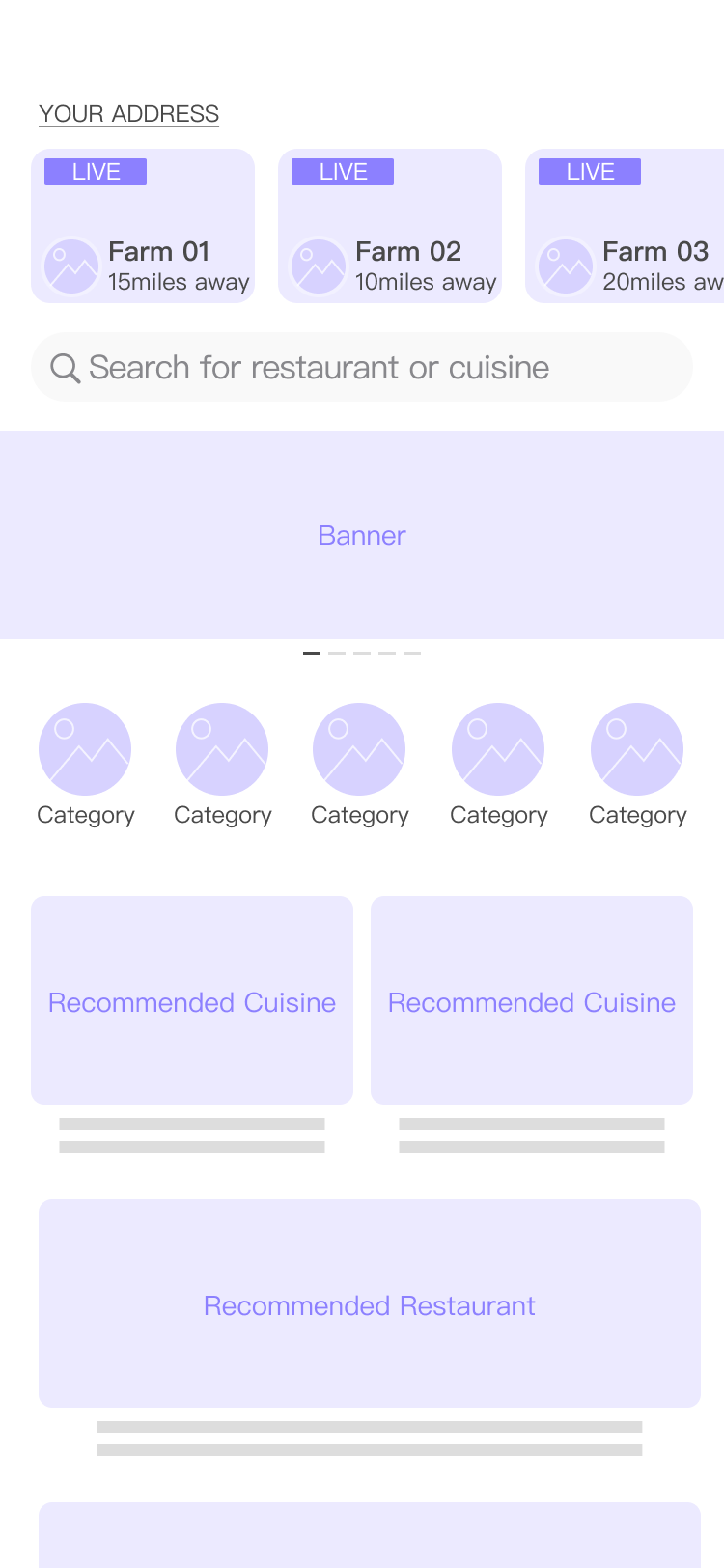
Home Page
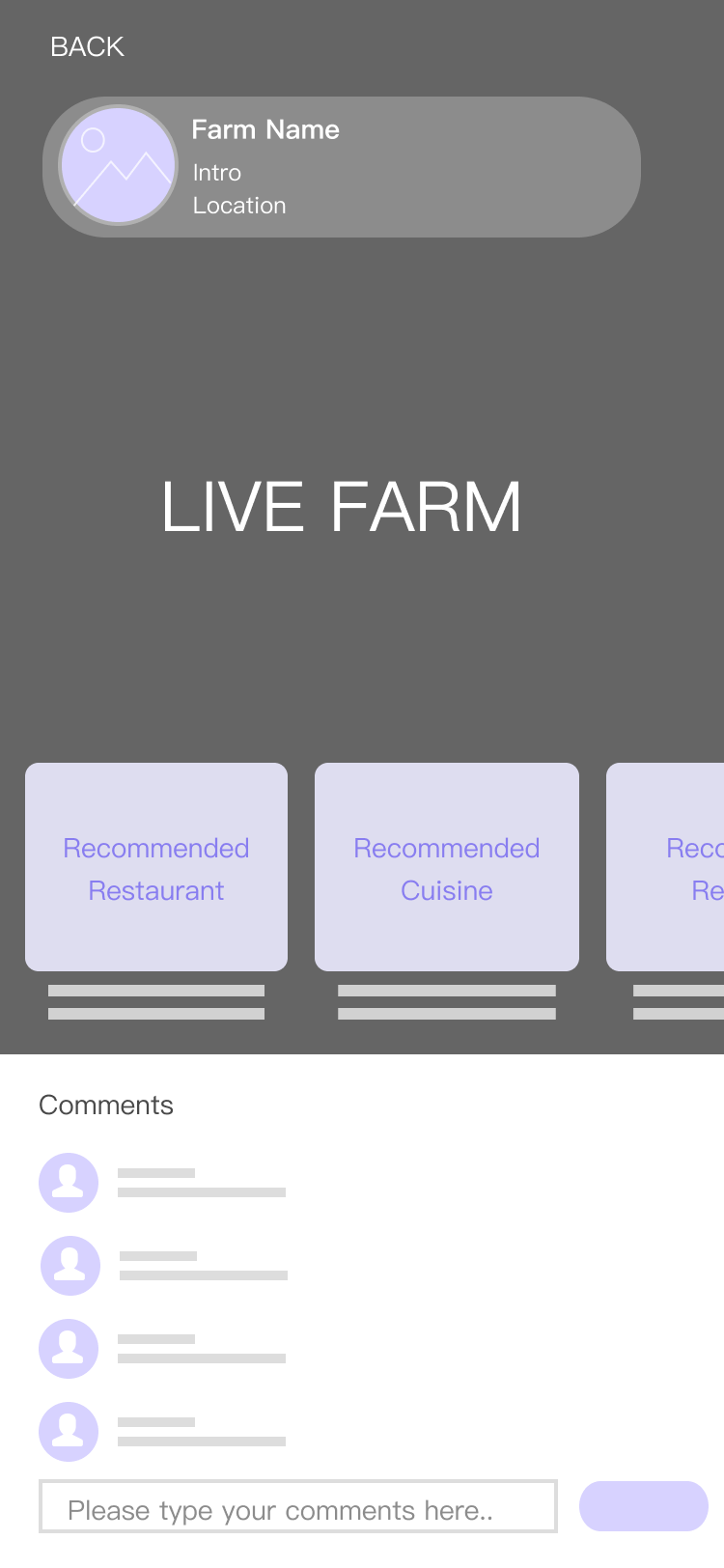
Live-stream Farm
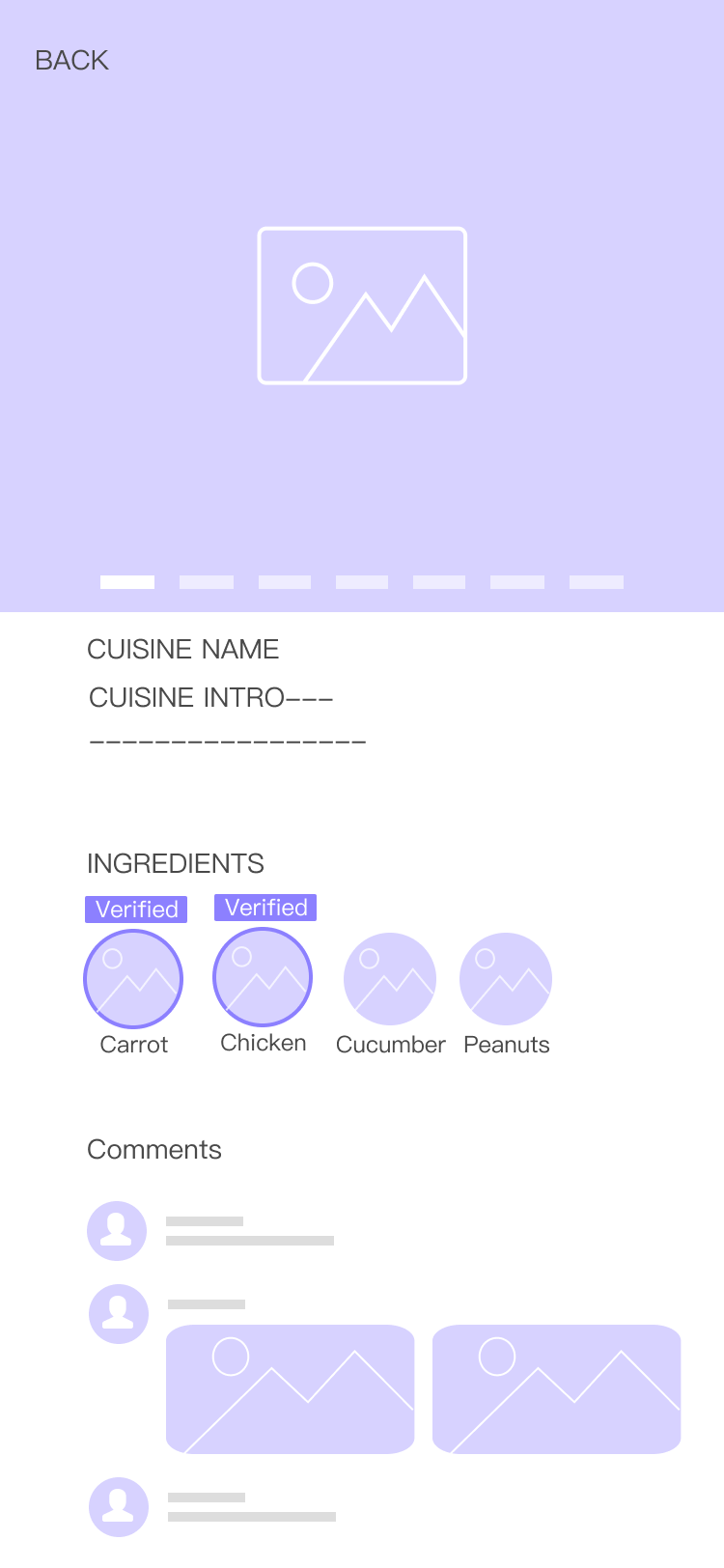
Cuisine Detail
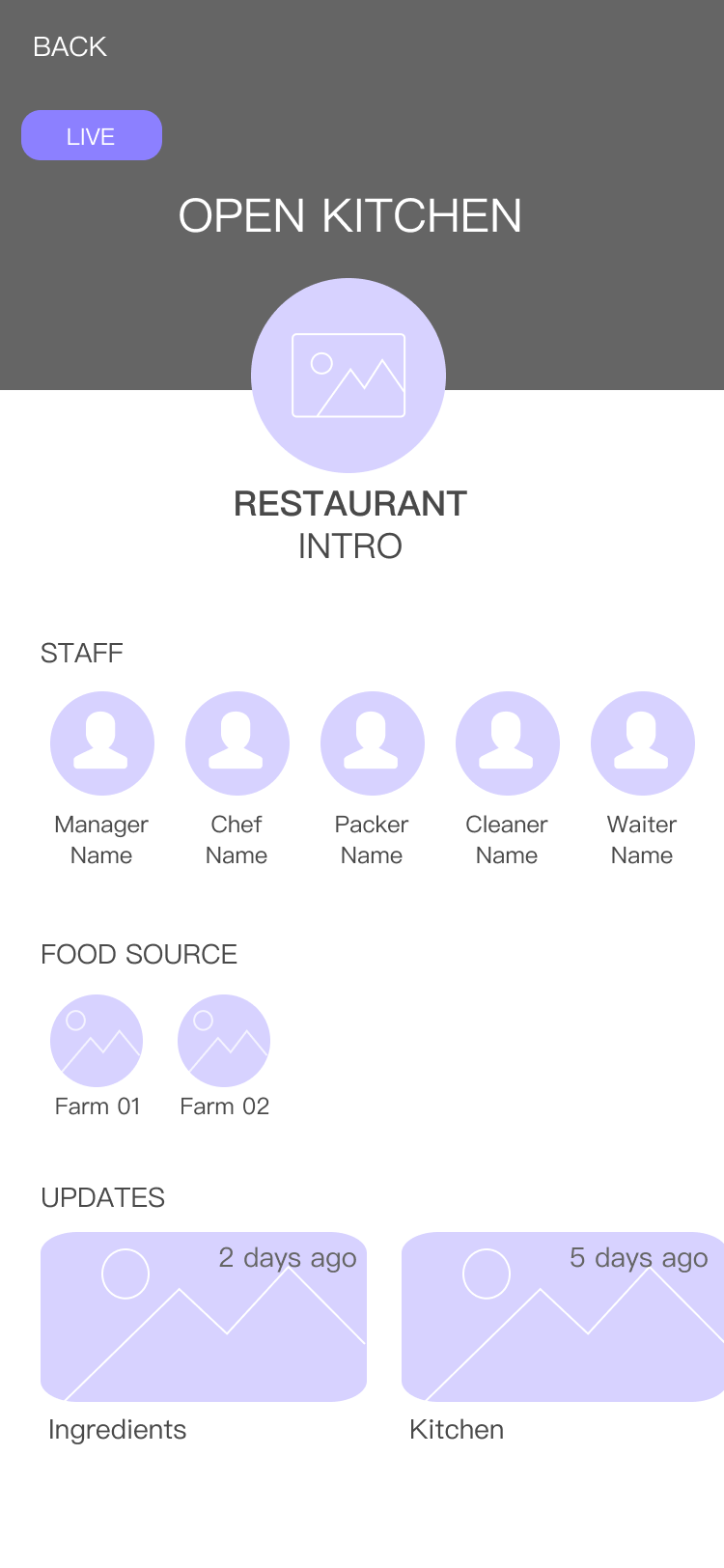
Restaurant Detail
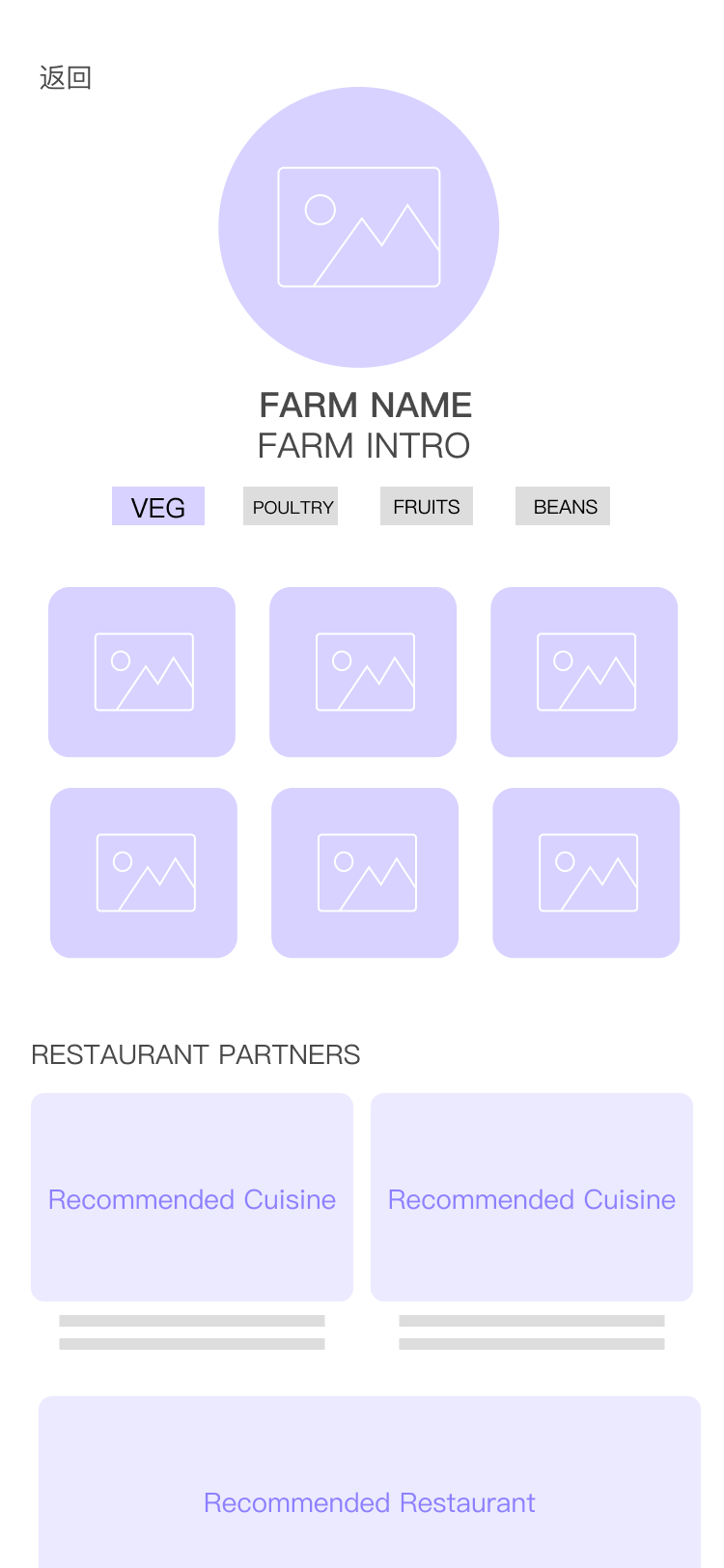
Farm Profile
Farm-to-Restaurant
A resilient online food delivery system in urban China.
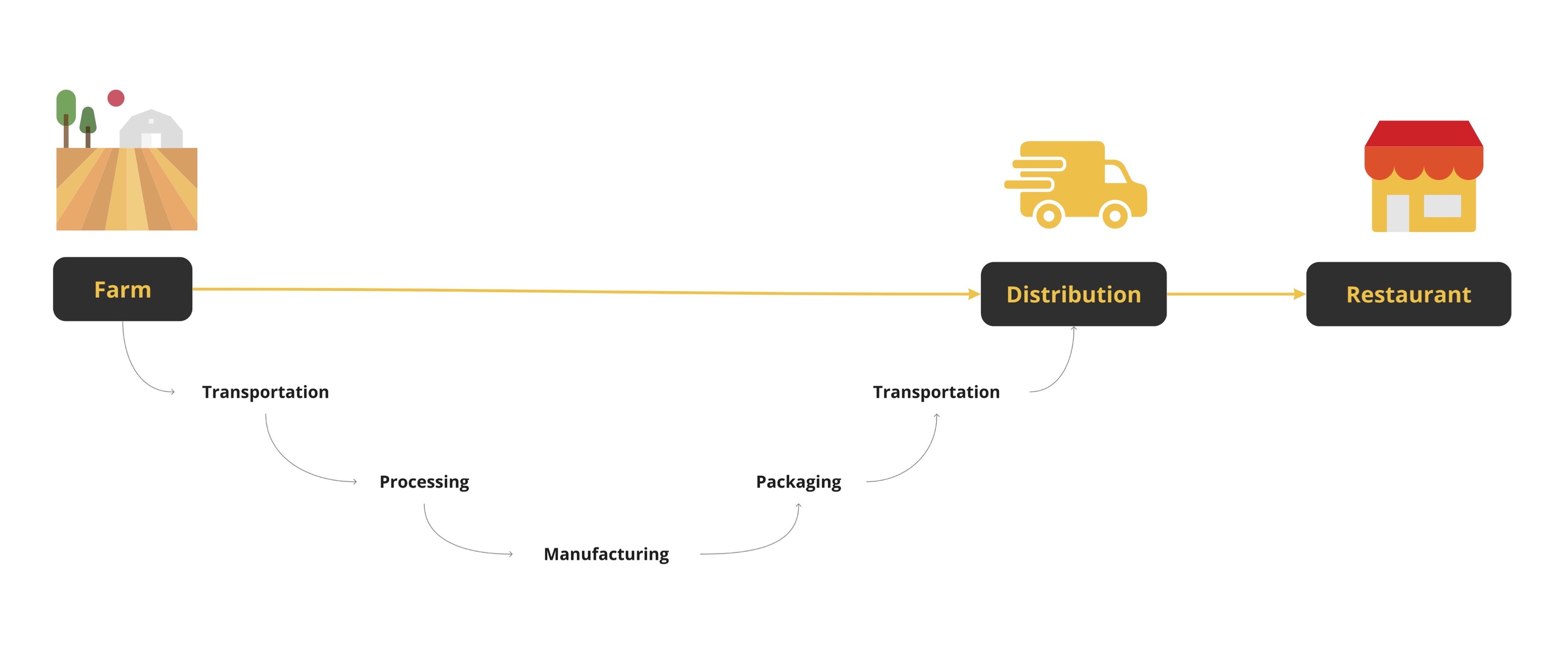

Flourishing Business Model
Unlike traditional business model canvas aims to answer 9 questions to help business “do well”, Flourishing Business Canvas is a tool for business to “do good”. It takes financially viable, socially beneficial and environmentally generative questions into the process and creates the sweet spot for a sustainable business.
Reflections
OBSTACLES
Due to COVID-19, I have to stay at home to finish the final project. There are increasing uncertainties impact on my design process.
If I cannot go out to the community, how can I interview stakeholders? observe their behaviors? or run the co-design workshop?
Should I focus on the U.S. market that will help me find a job during this difficult time or should I solve the problems in my hometown in China?
CHANGE
After adapting the way that I normally conducted face-to-face contextual research, I understand how to use virtual tools to collect rich data. and how to catch verbal and facial cues remotely. Tools to consider: Miro Board, Zoom, Social Media Groups.
If technology is a big obstacle to reach out to the target audiences, considering traditional ways like writing
a letter or giving a phone call whichever the best way for your user to communicate with their friends or families.
EVOLVE
I decided to focus on the Chinese market because everything goes online, which allows me to reach audiences in China when I was in the
U.S. I was able to finish all the user interviews and find social media groups to observe their daily behaviors and attitudes. It allows me to find adequate resources and reports from secondary research without even talk to my target audience.
In addition, the online food delivery industry in China has a bigger impact than in the U.S.
THRIVE
Due to COVID-19, more people started to order food online, the increasing market provides a more appealing business model for potential investors. It’s the perfect timing to help the community re-evaluate the current food supply chain. The final solutions will not only survive but thrive in the future!

